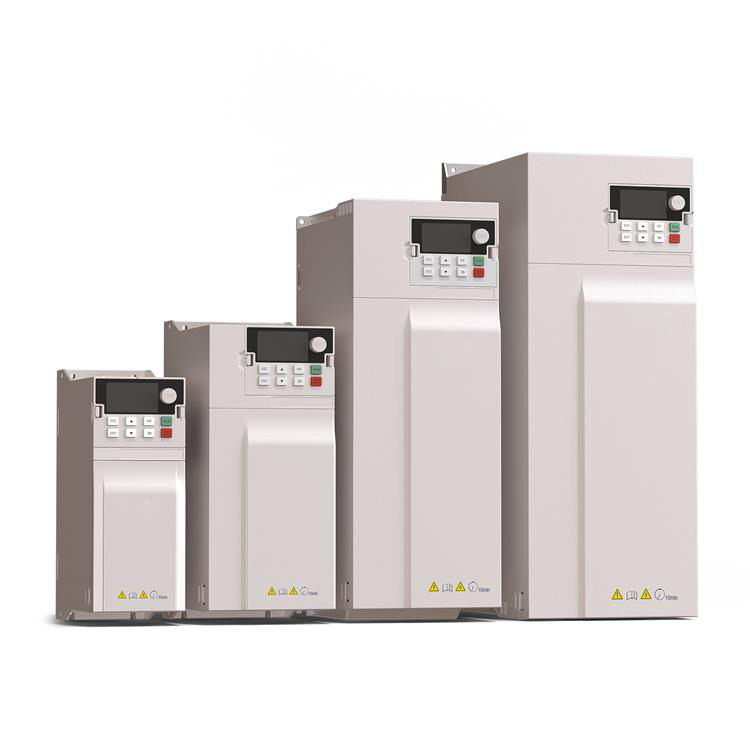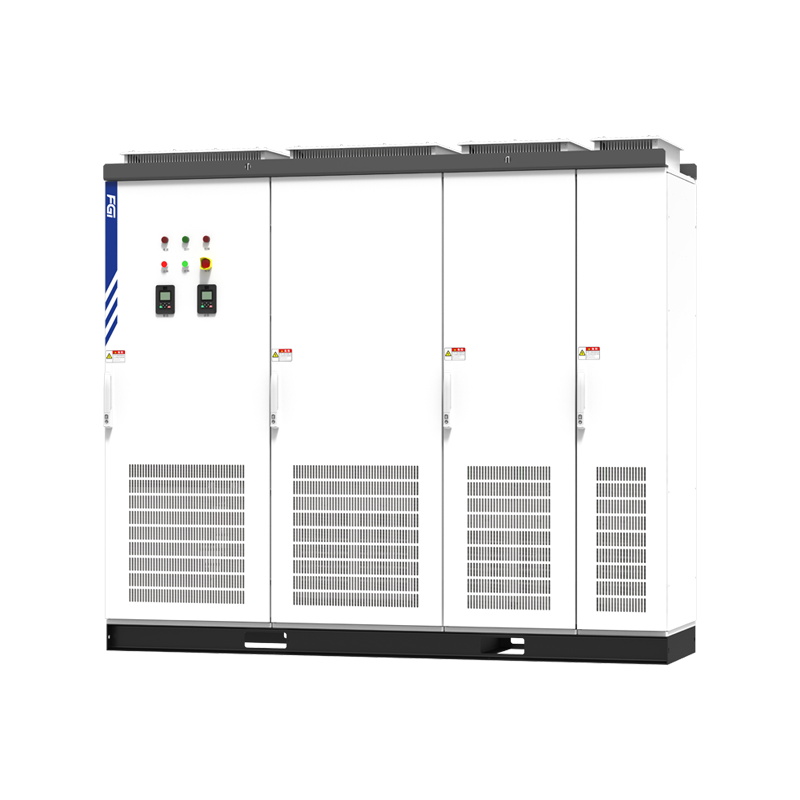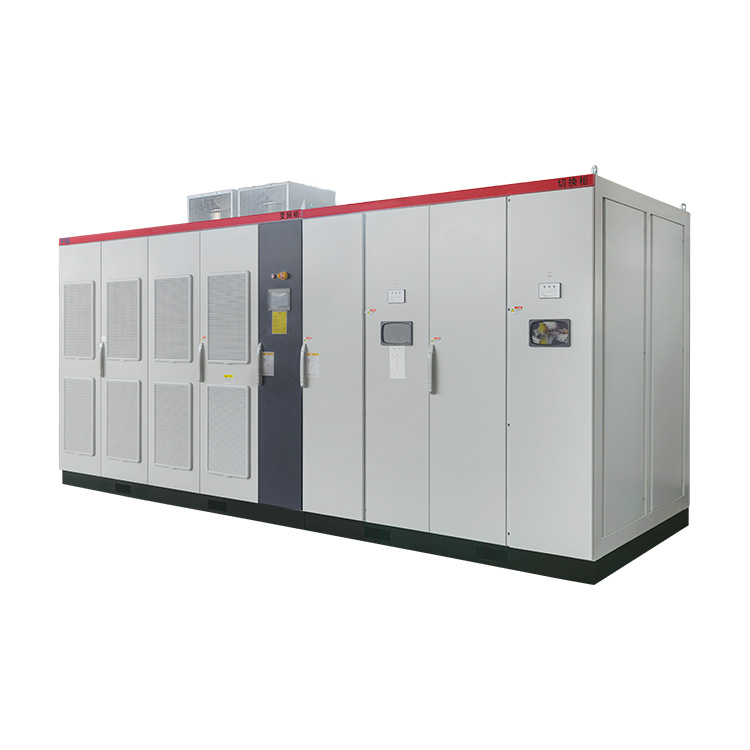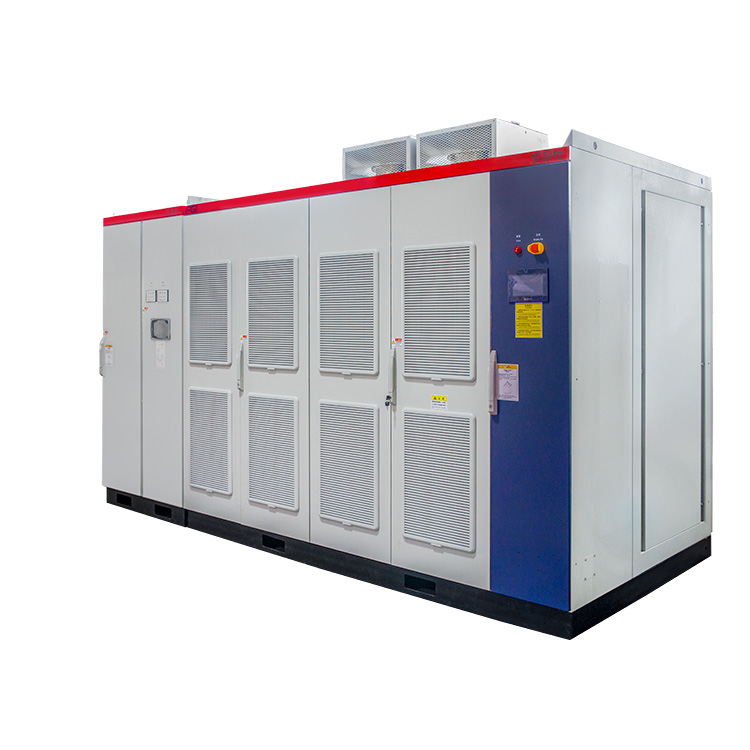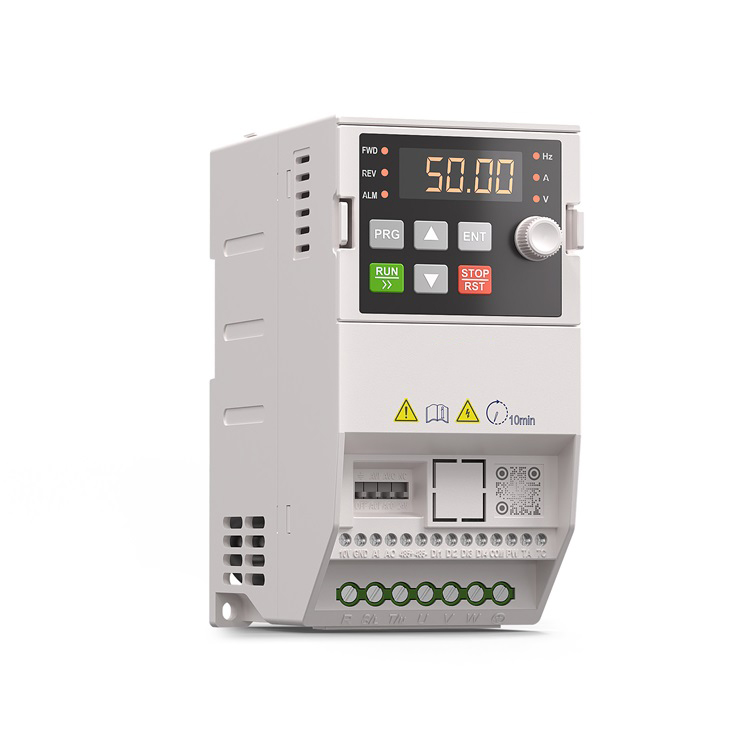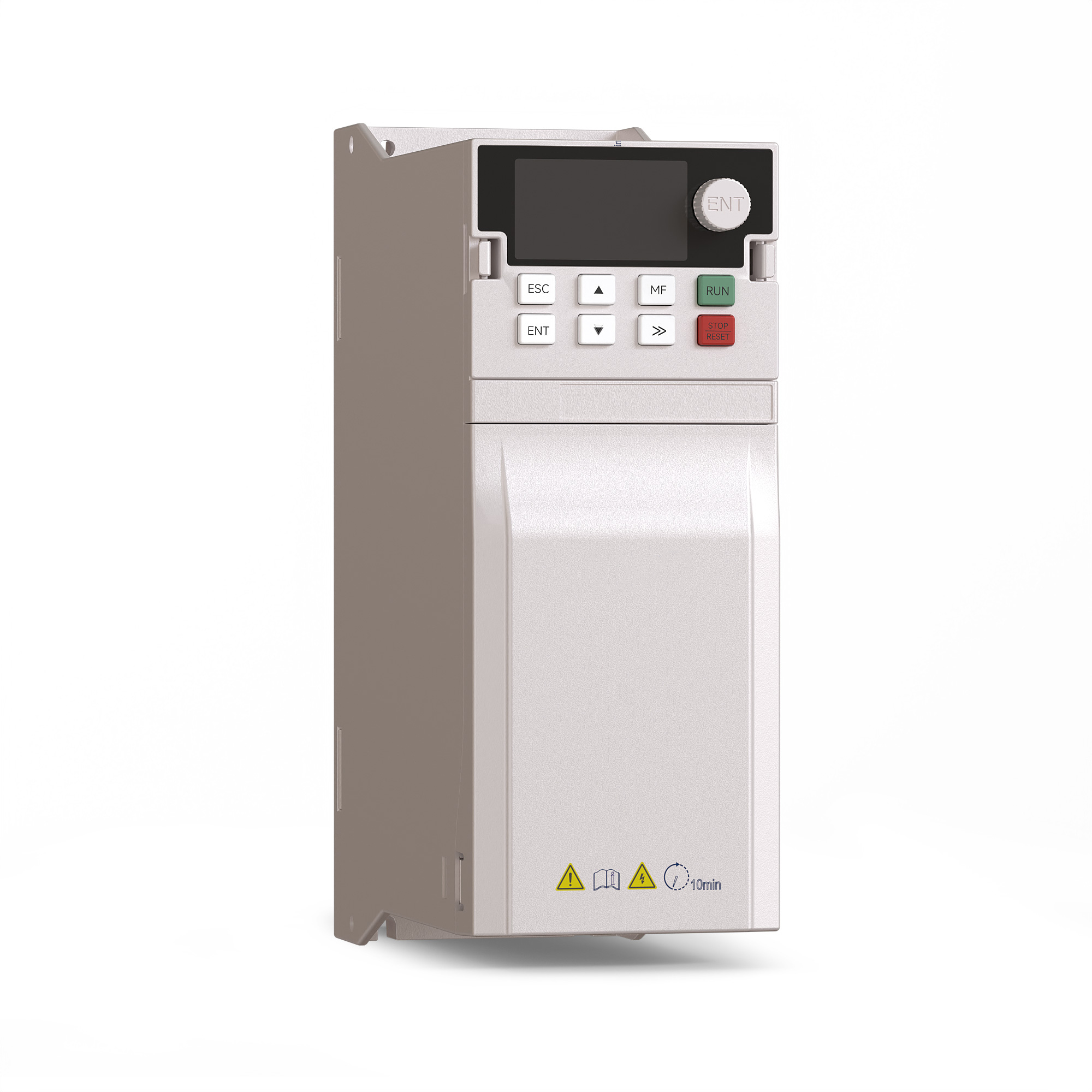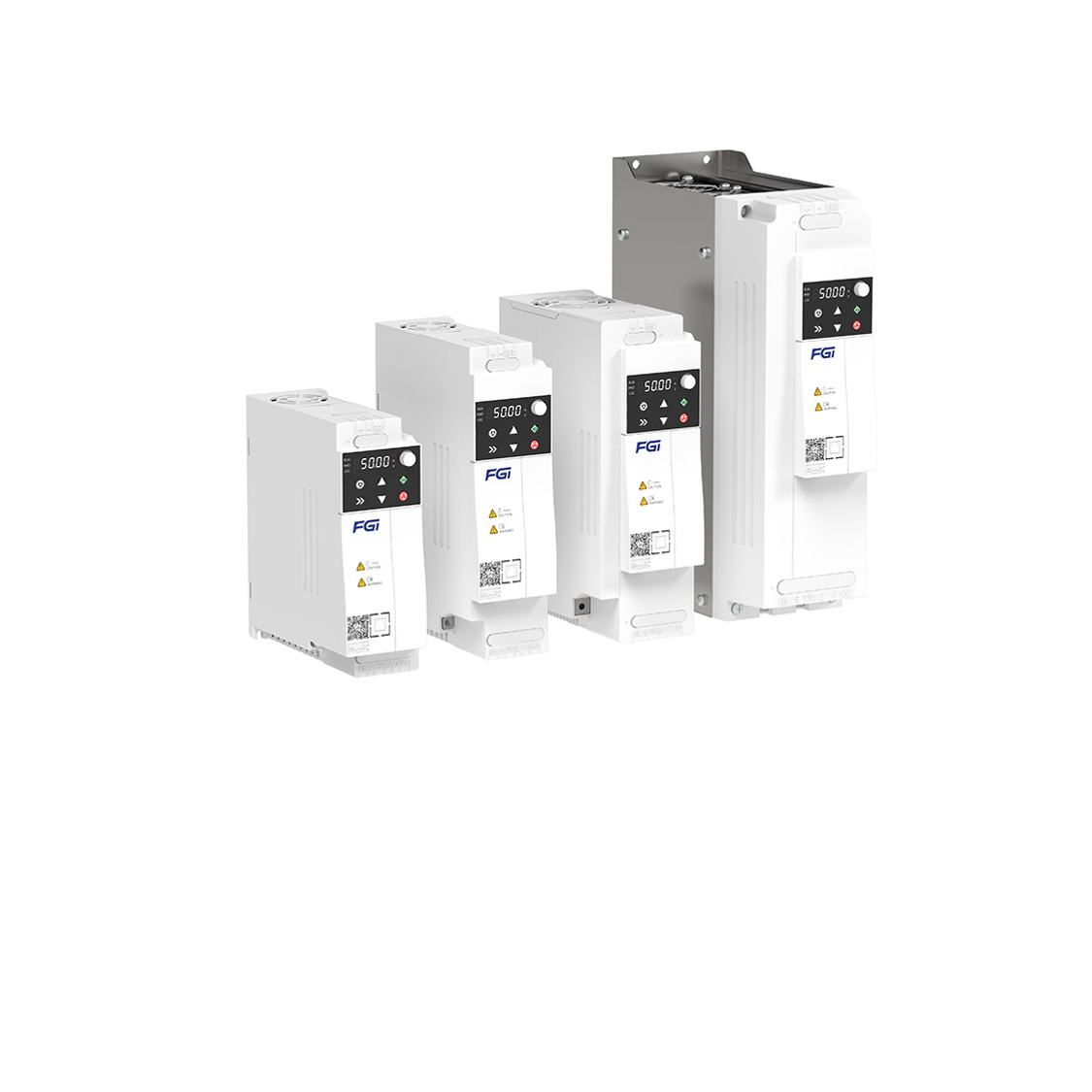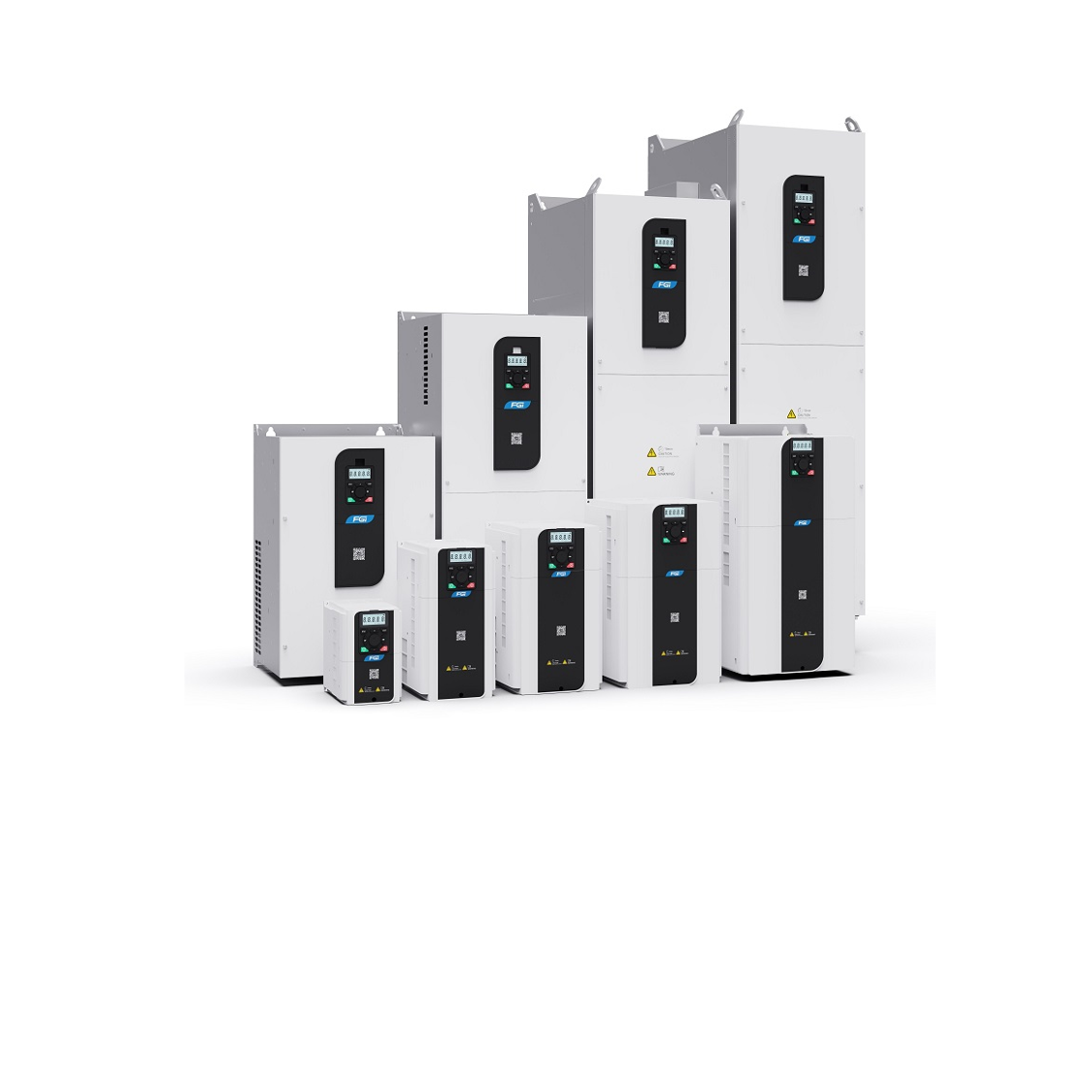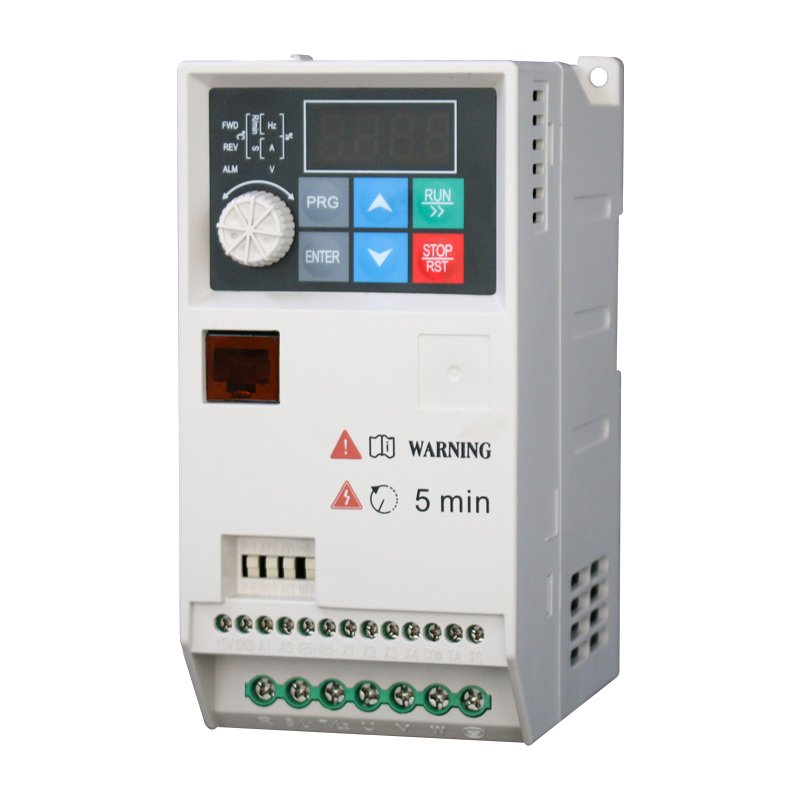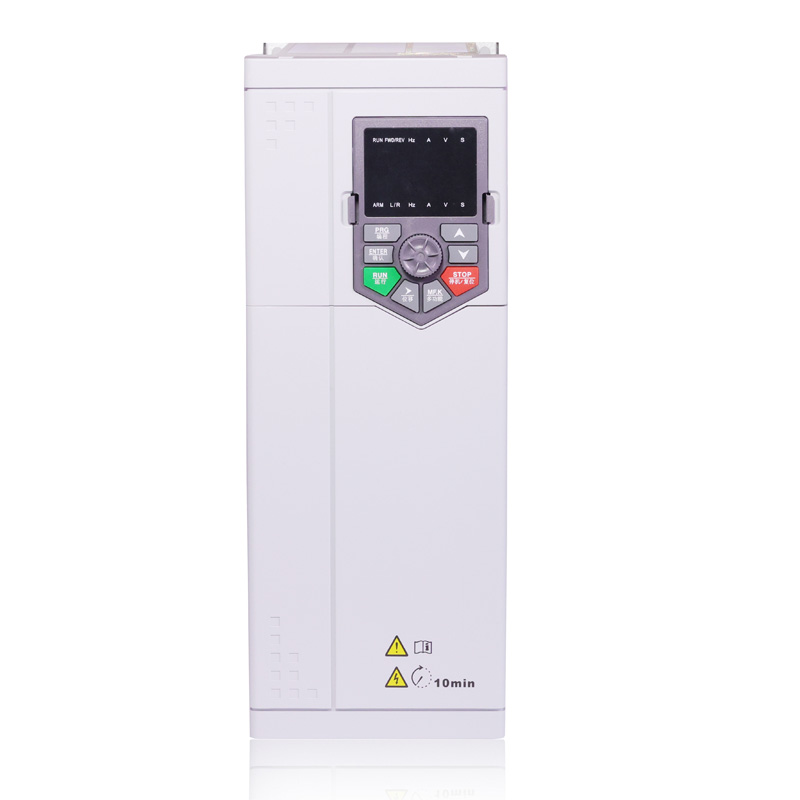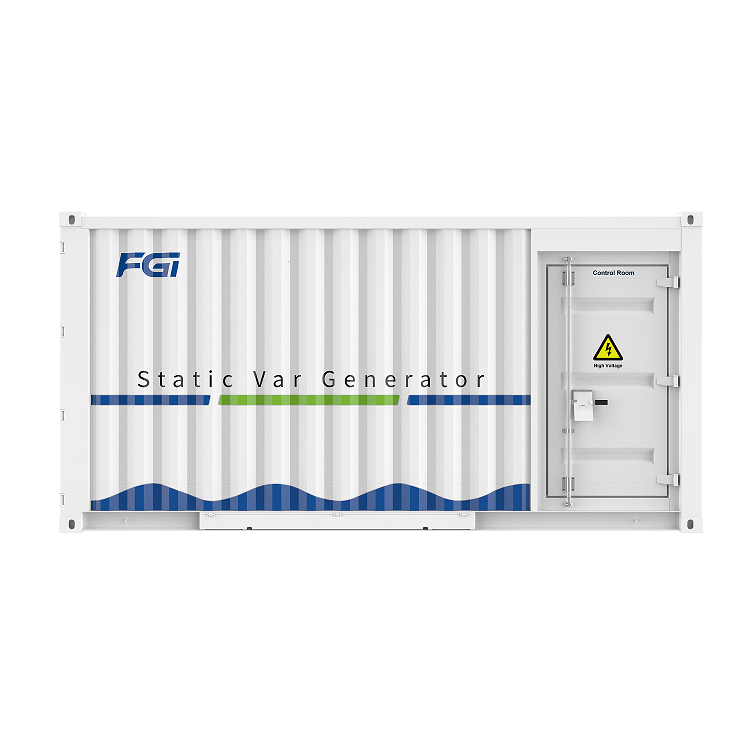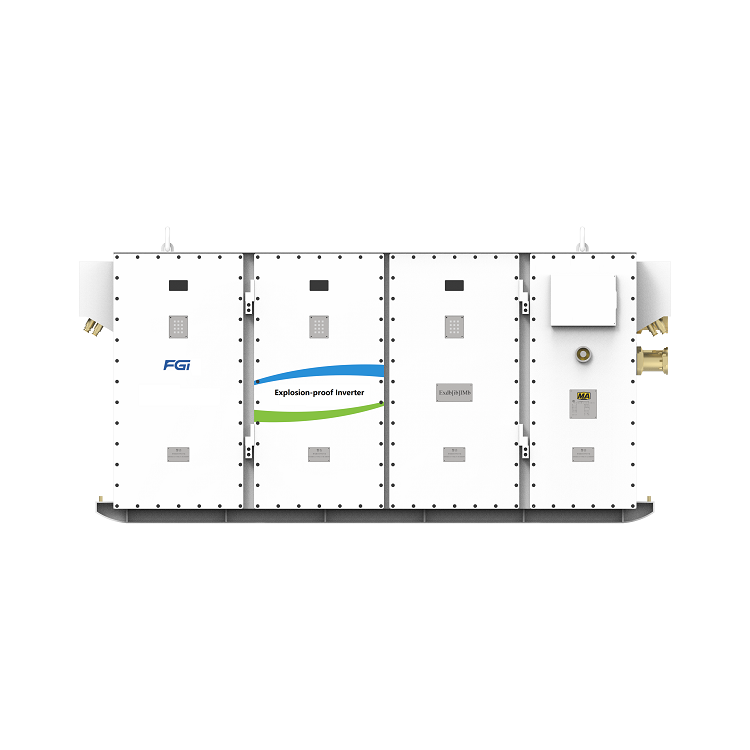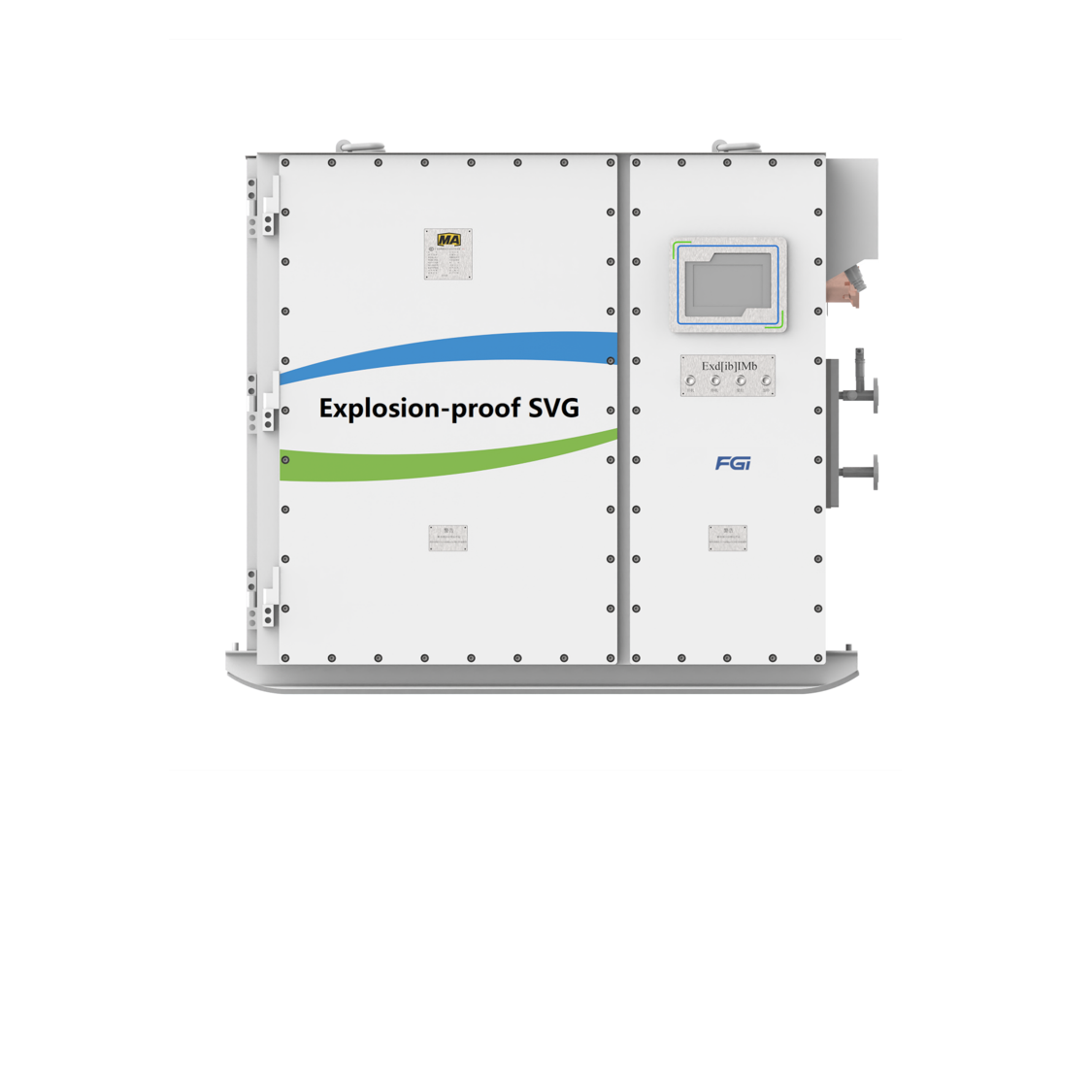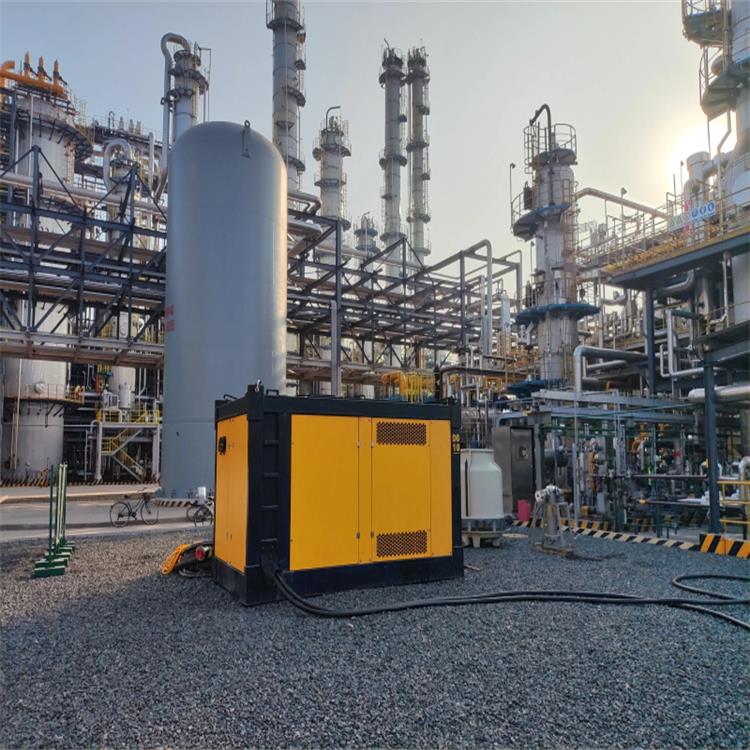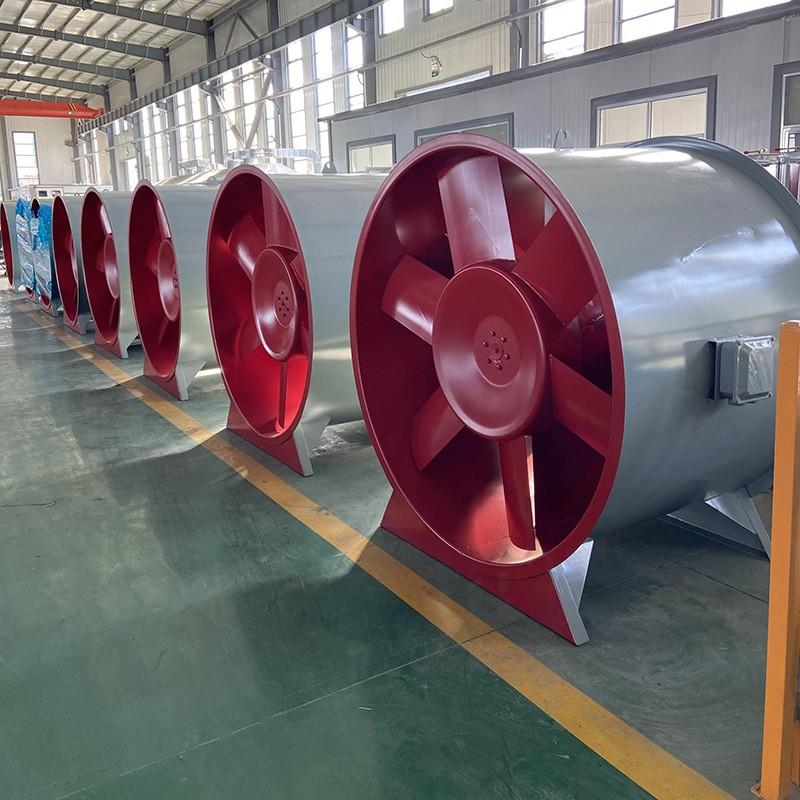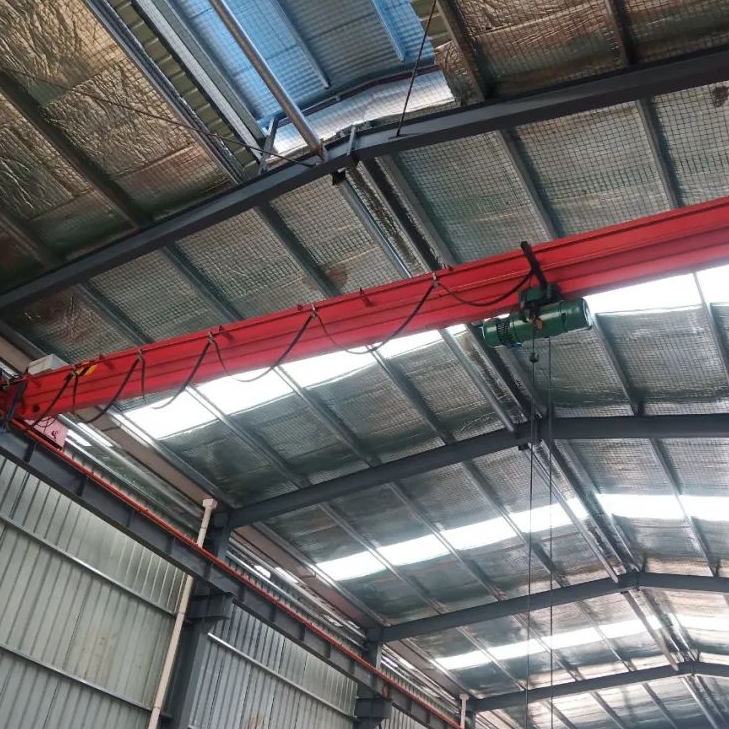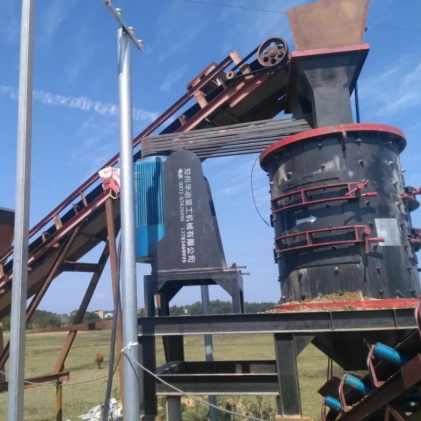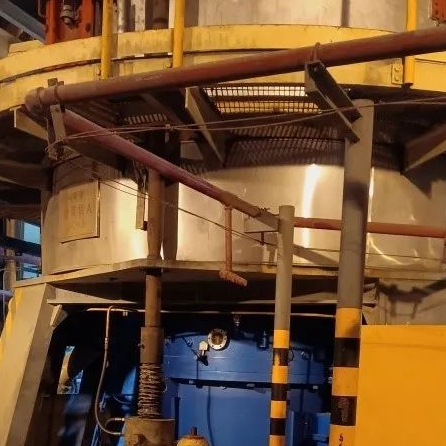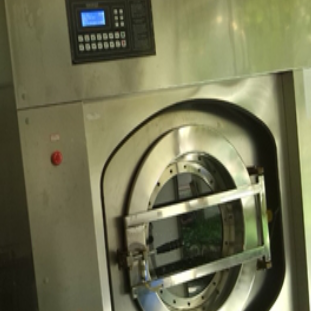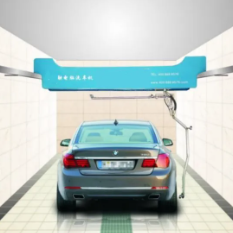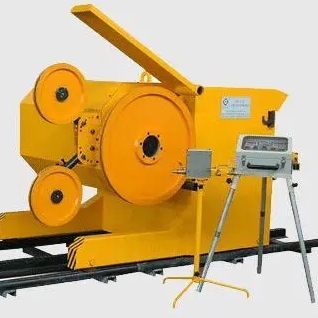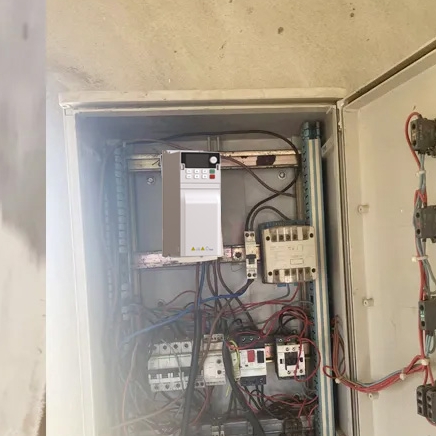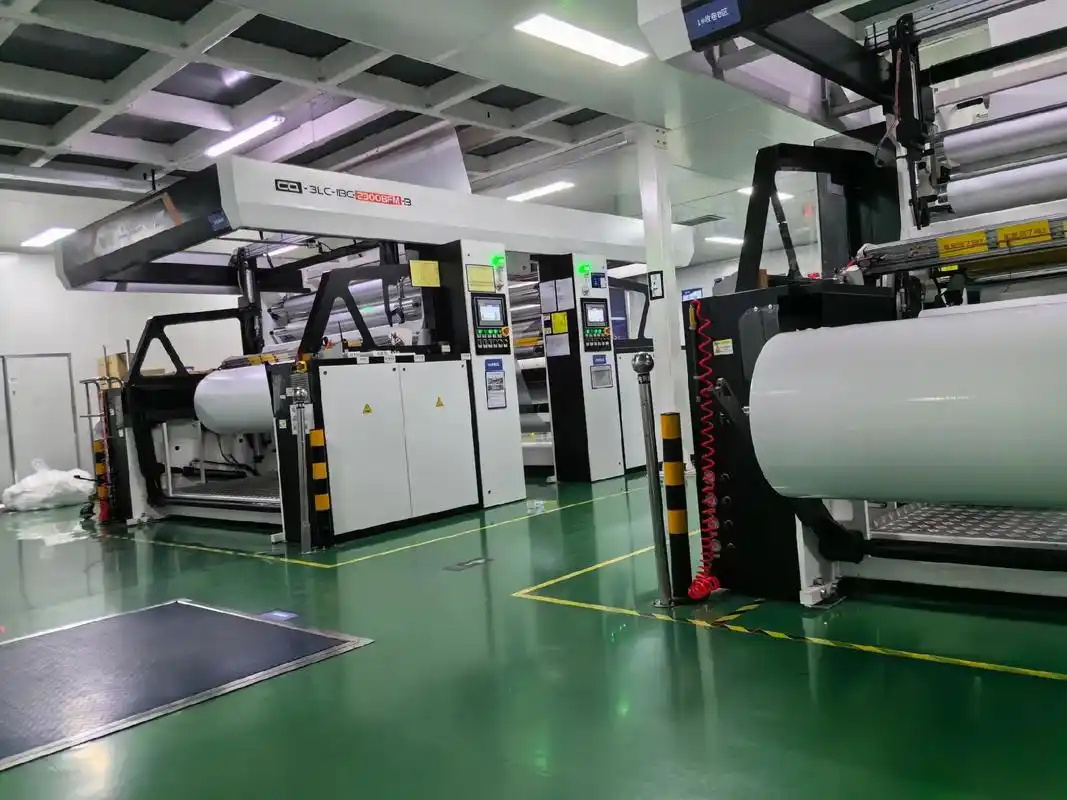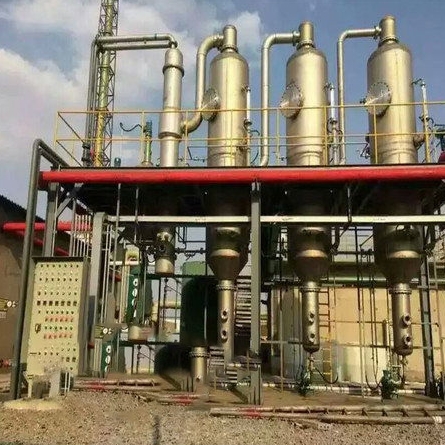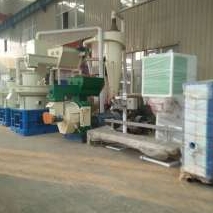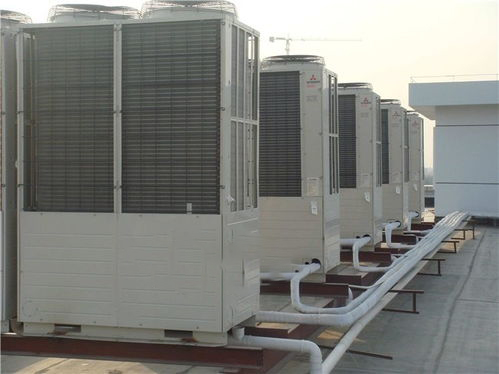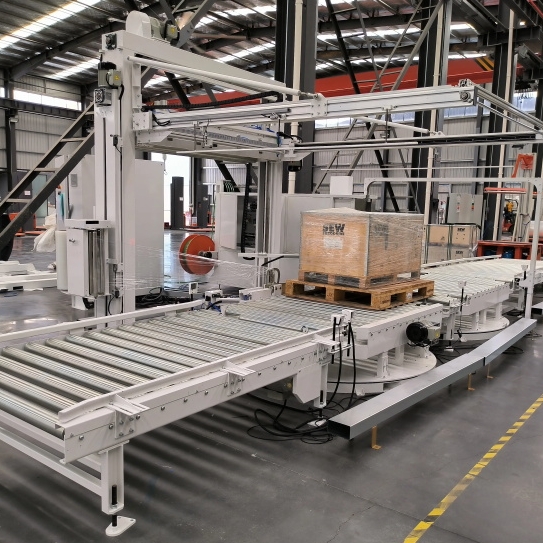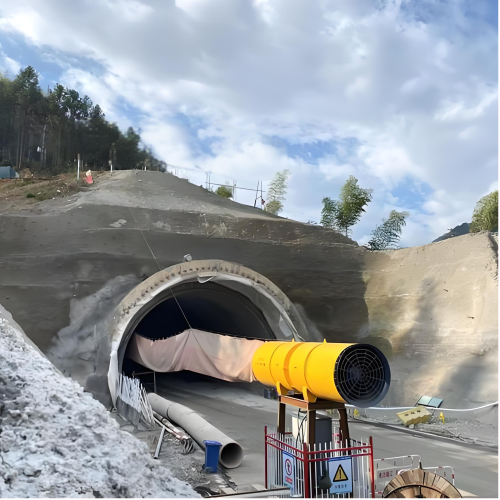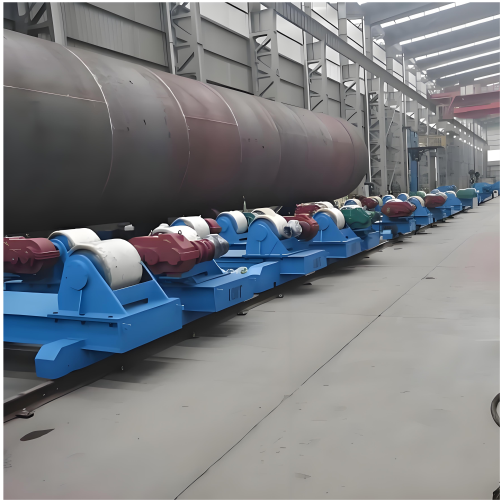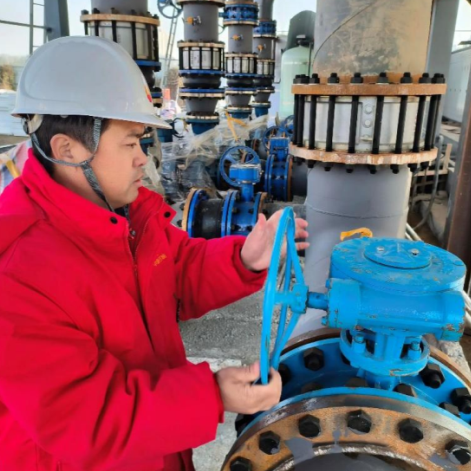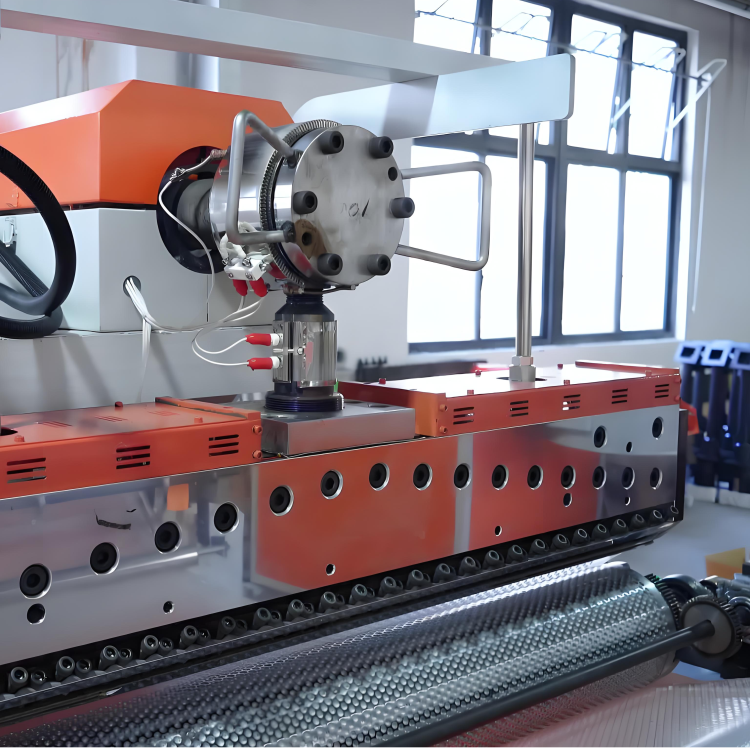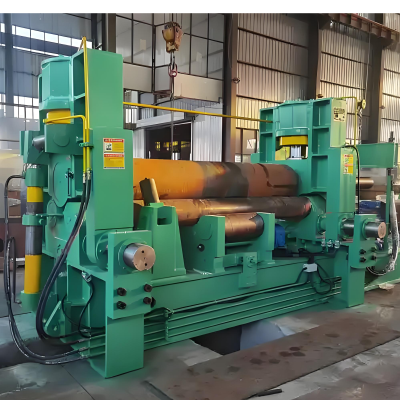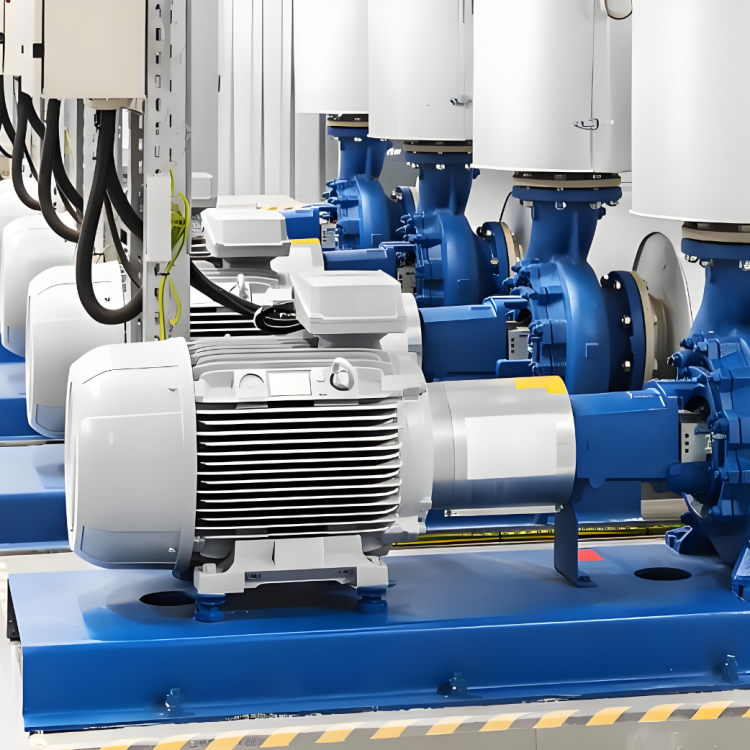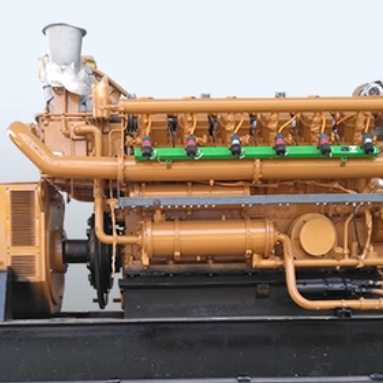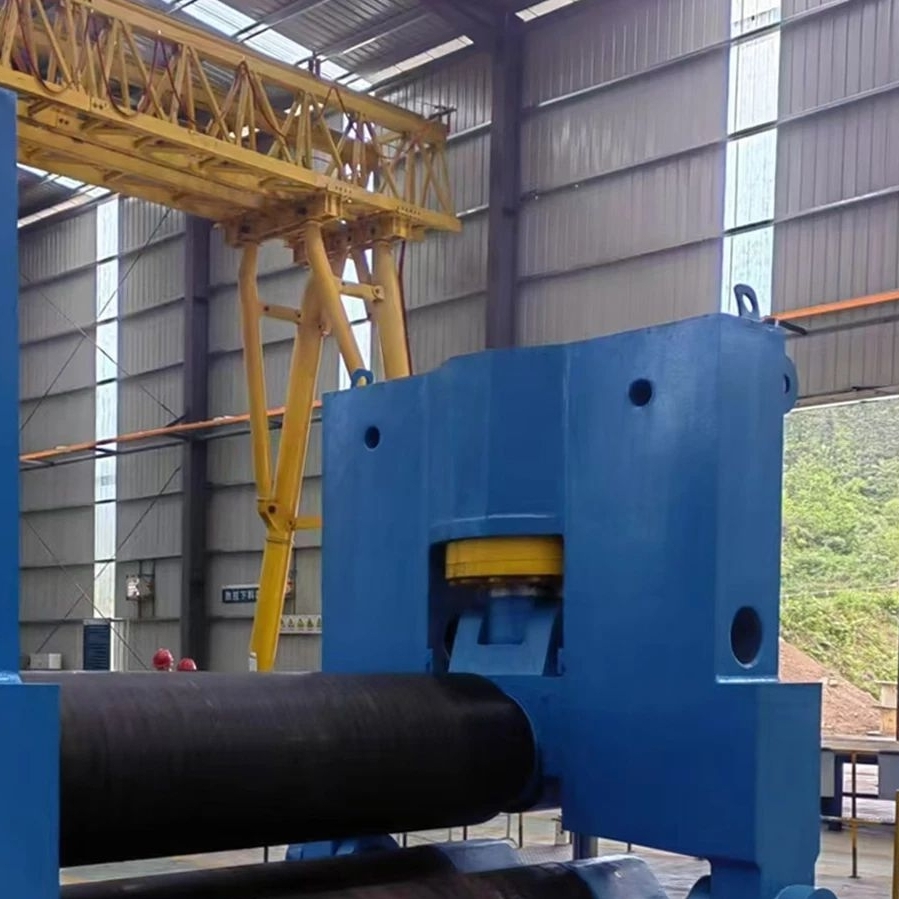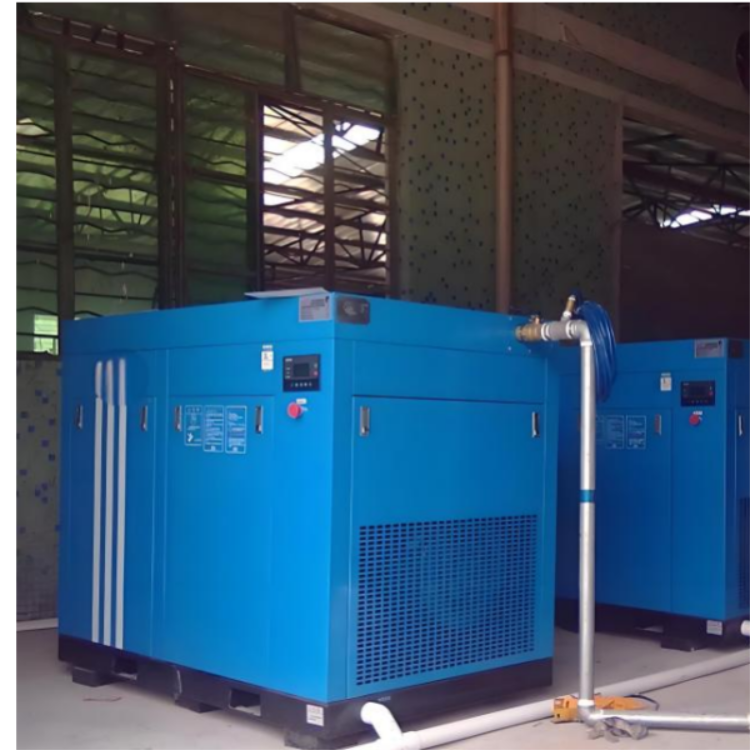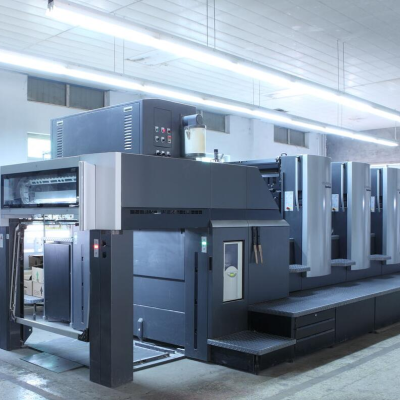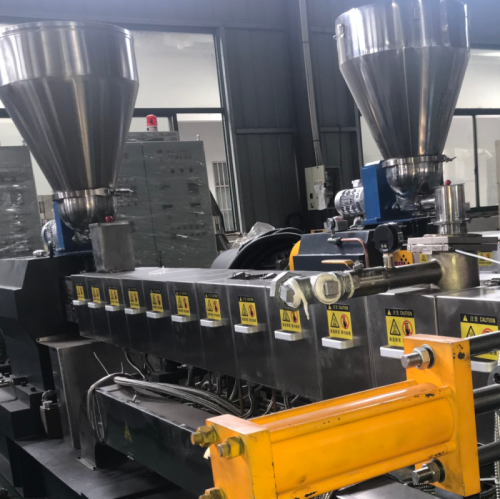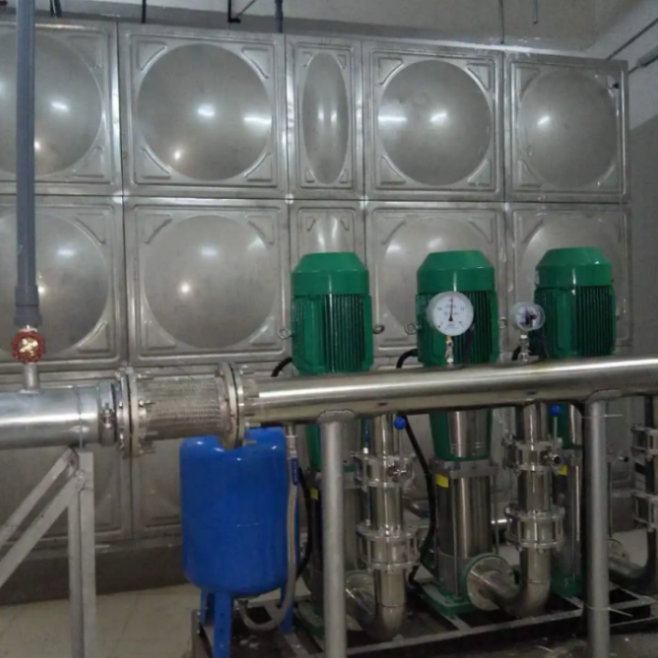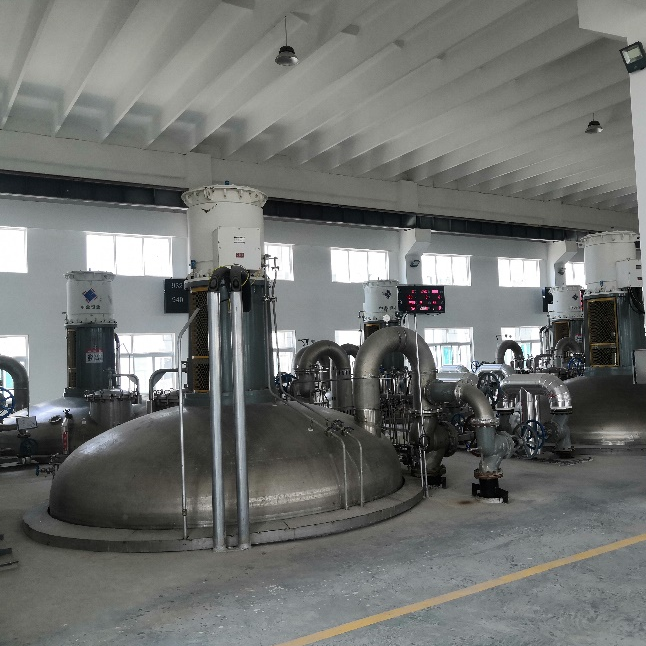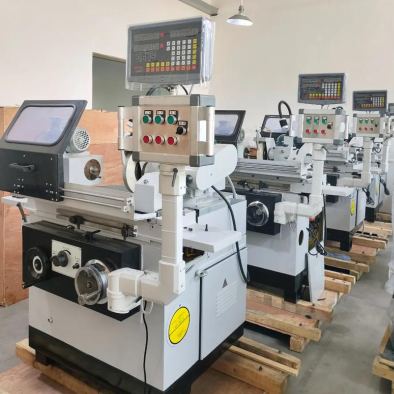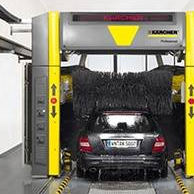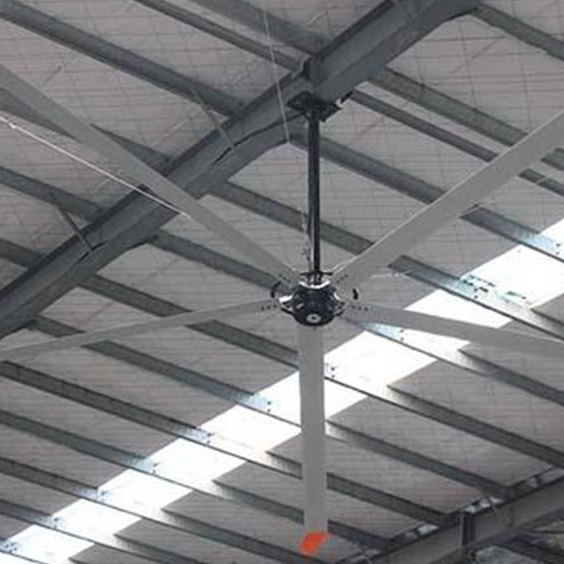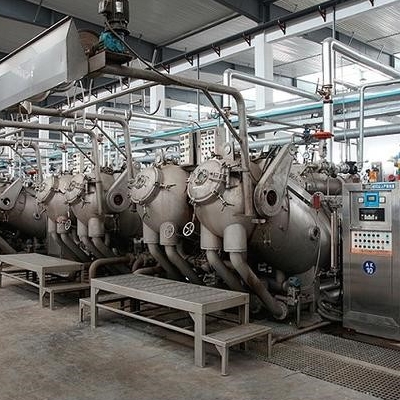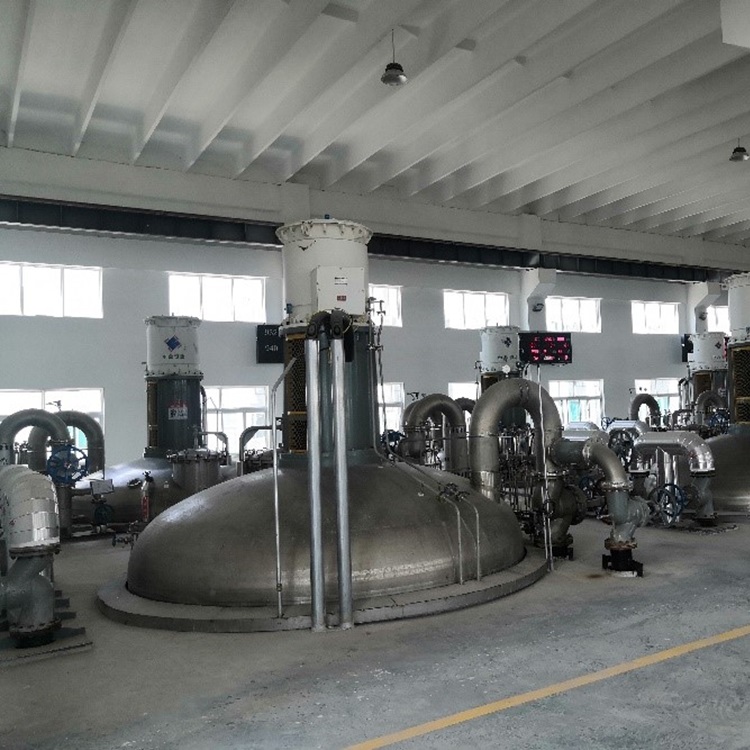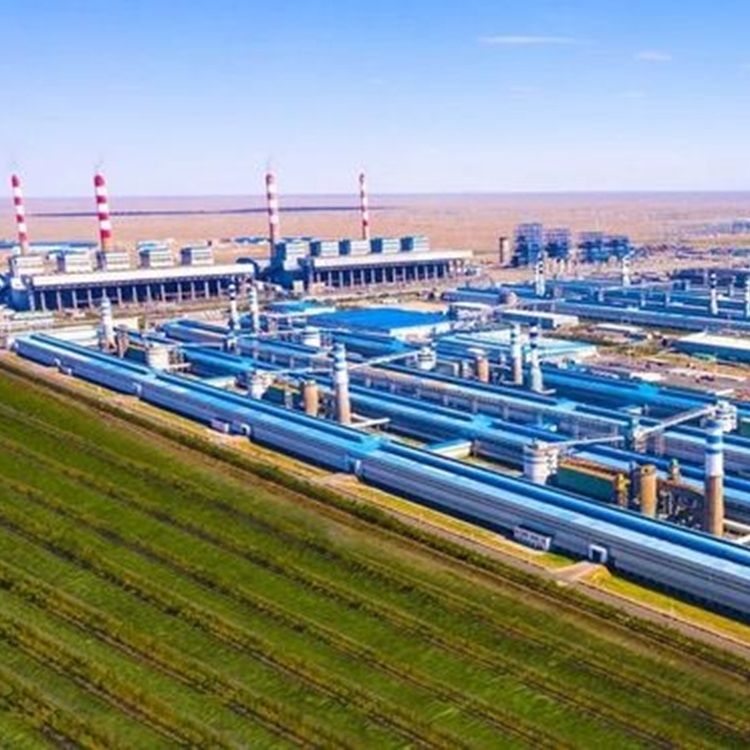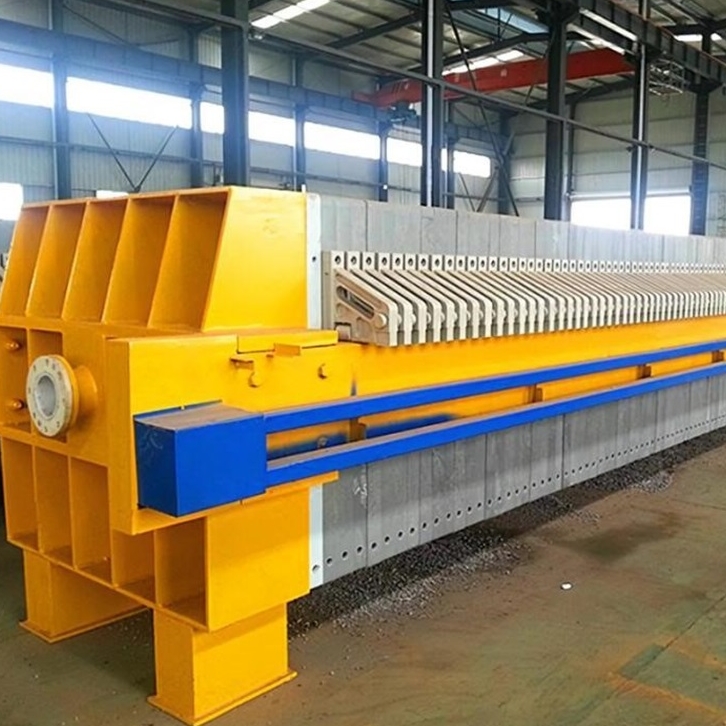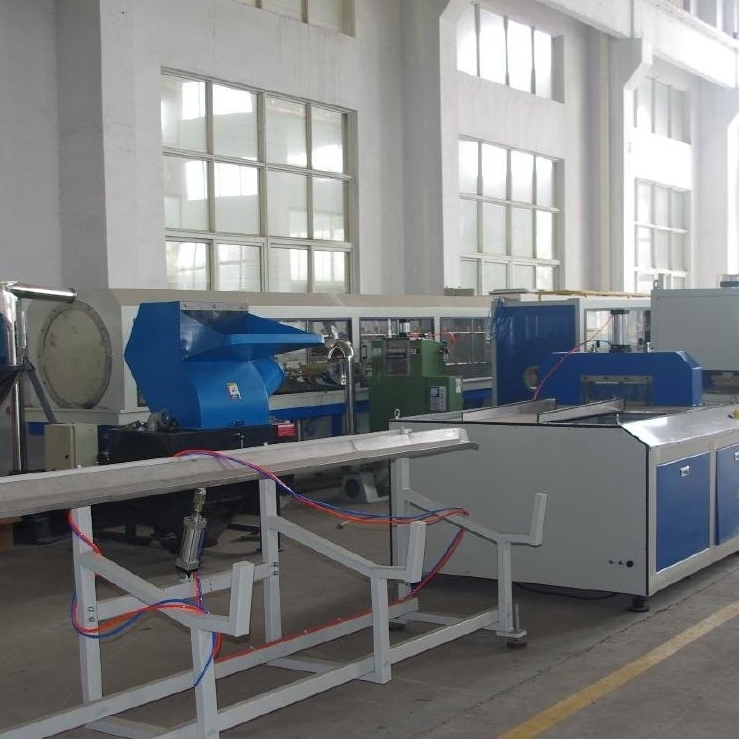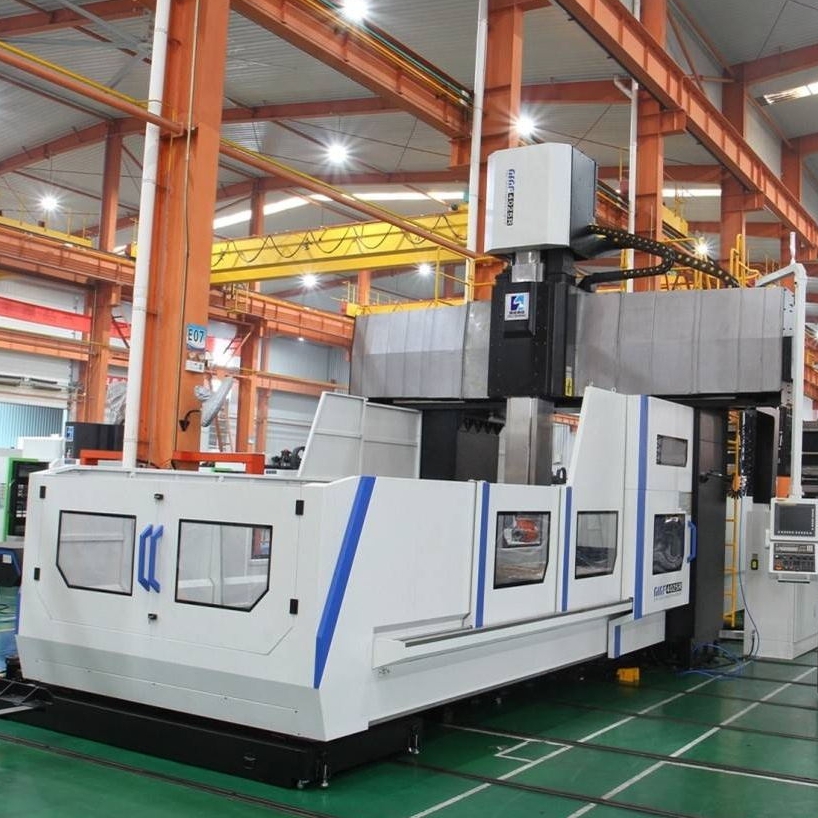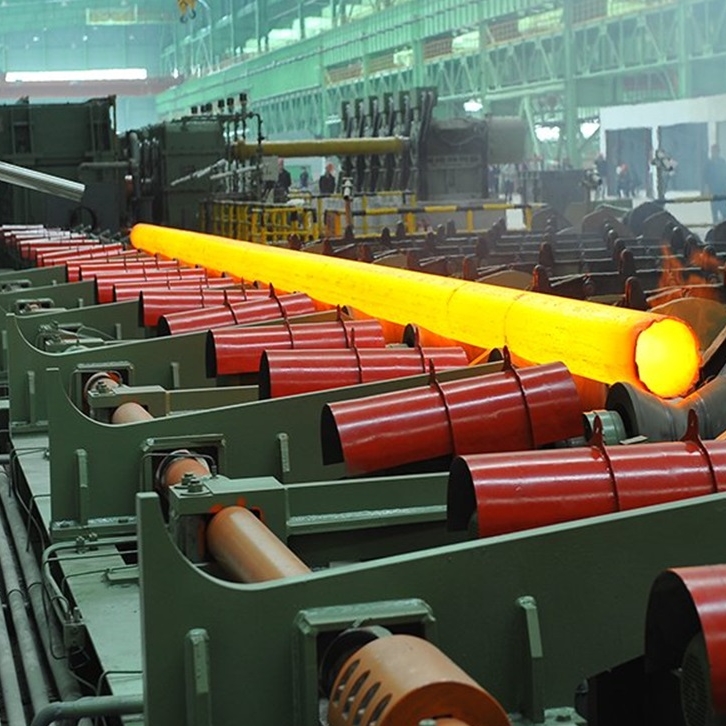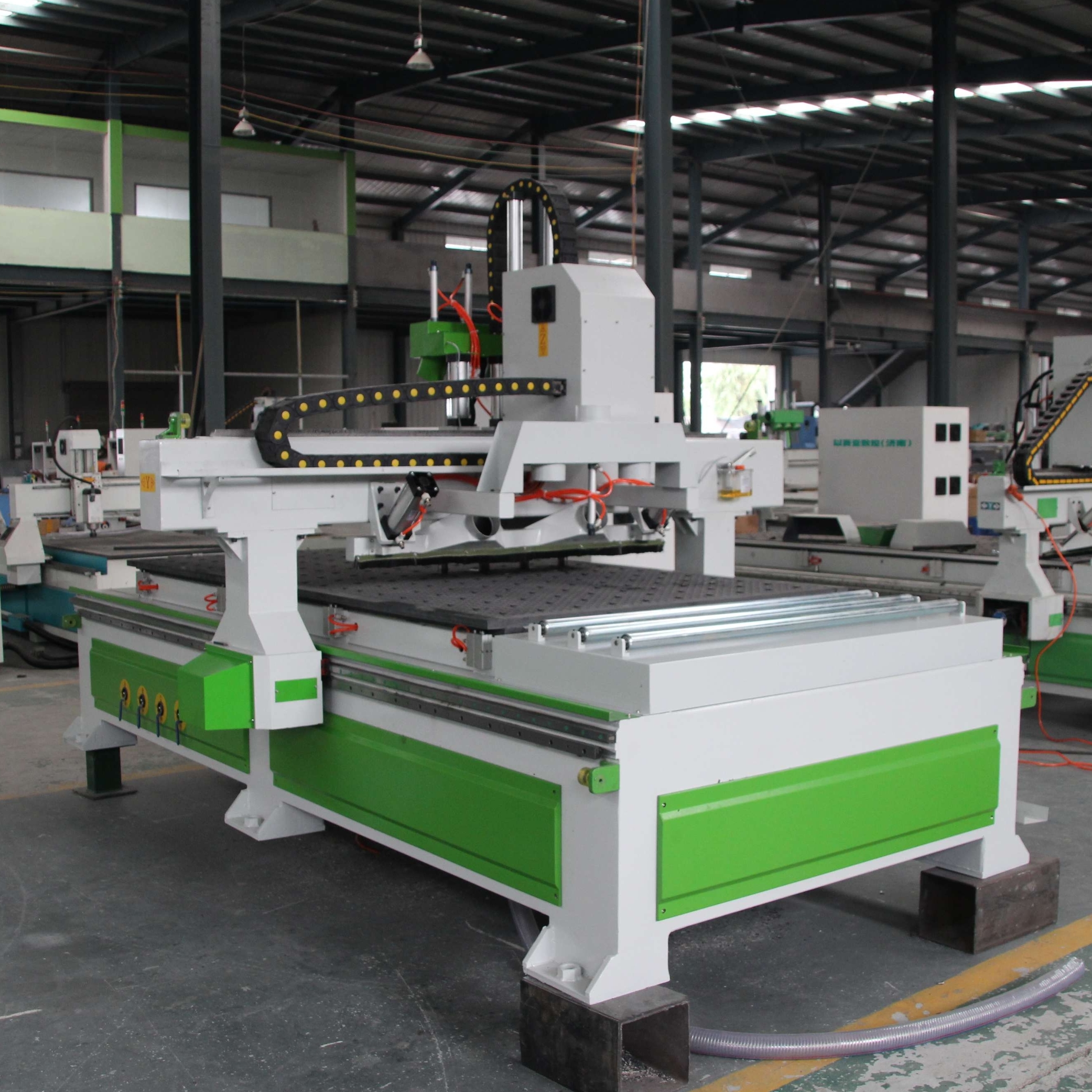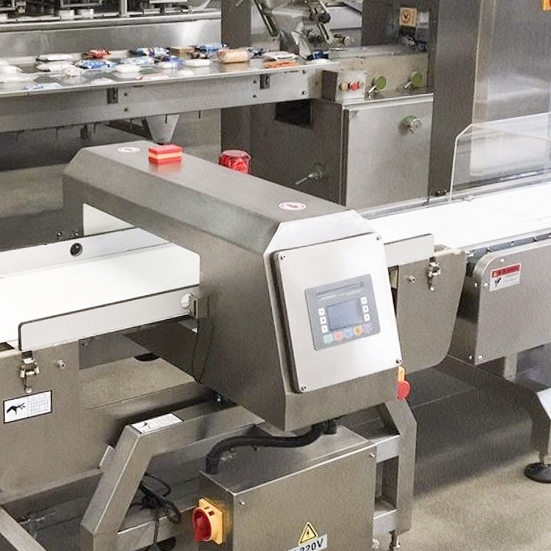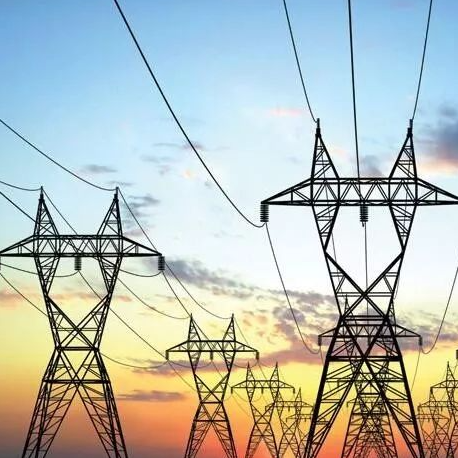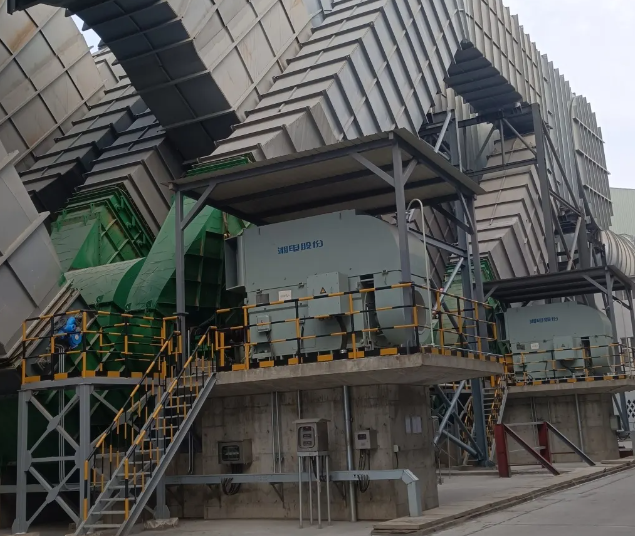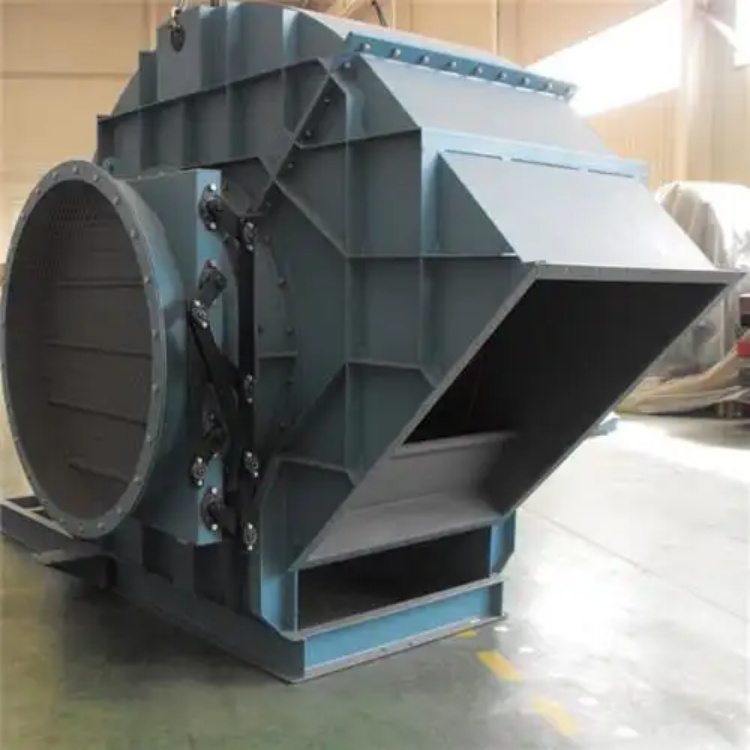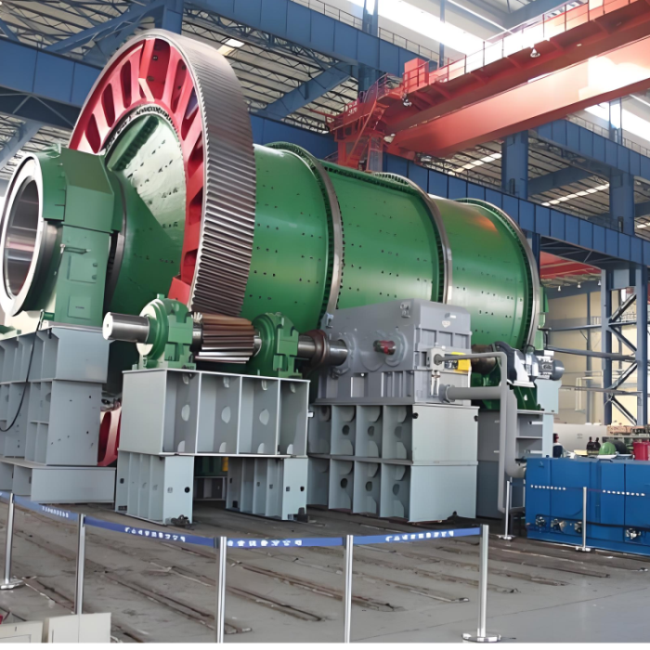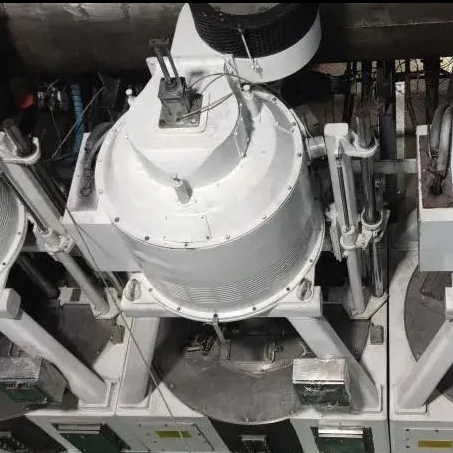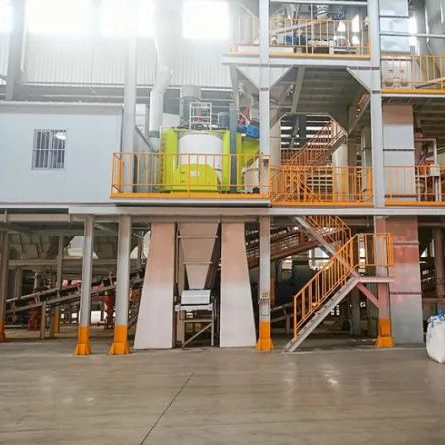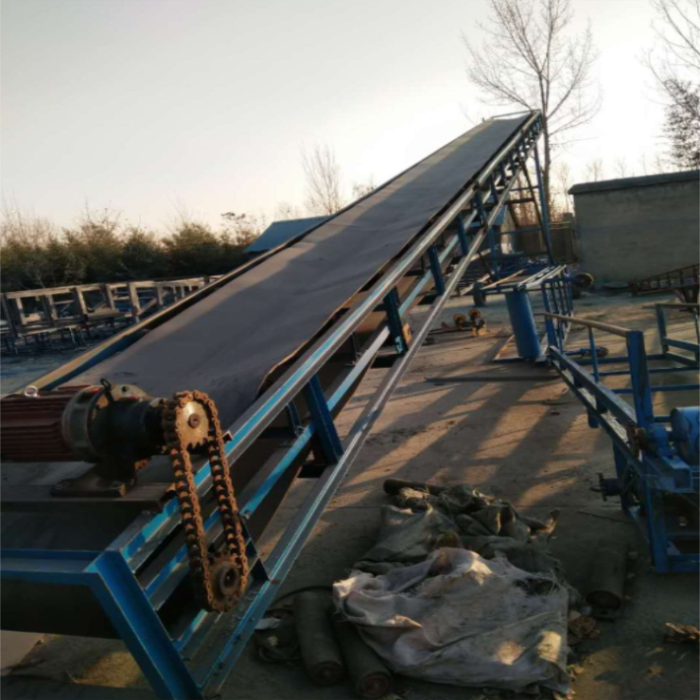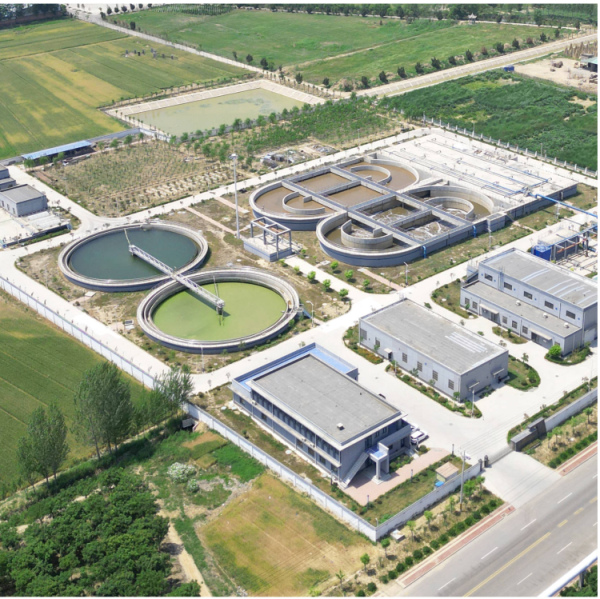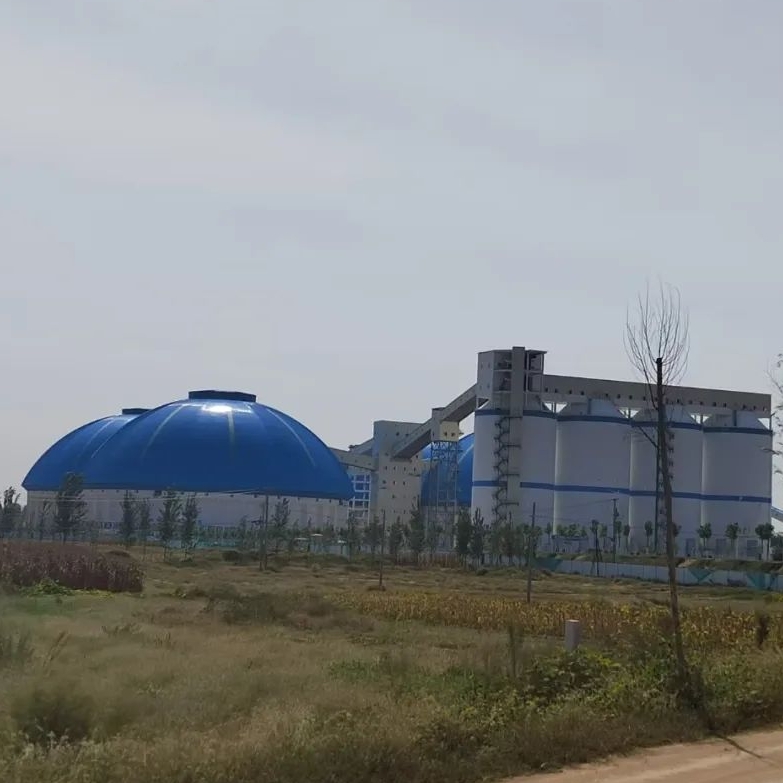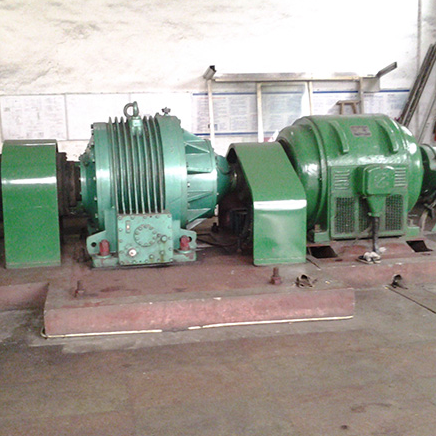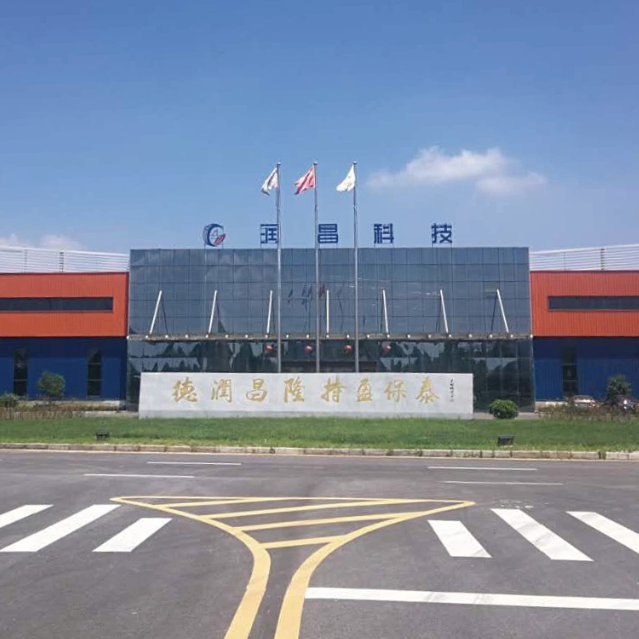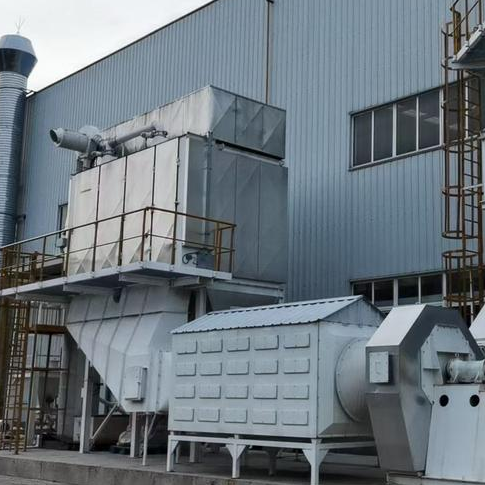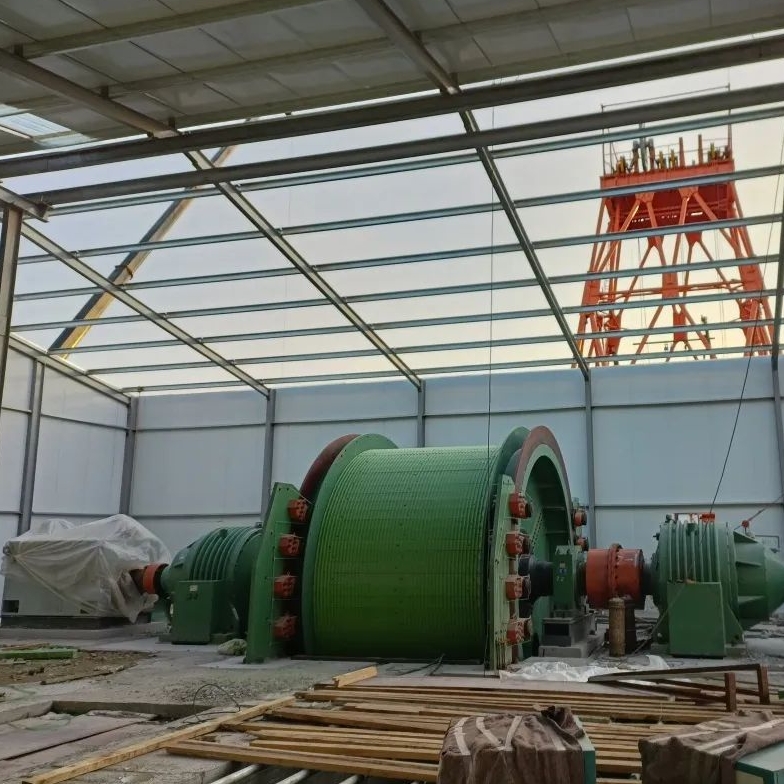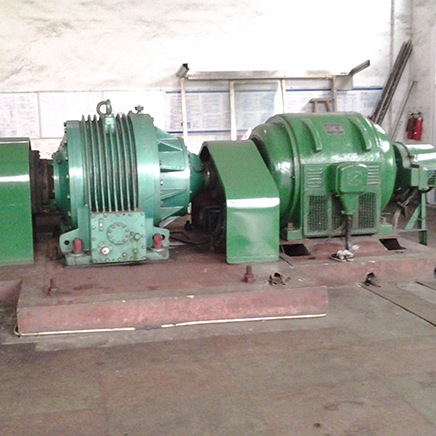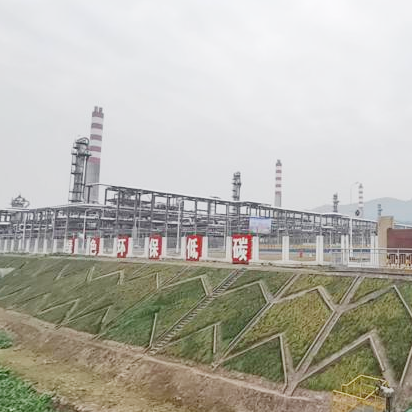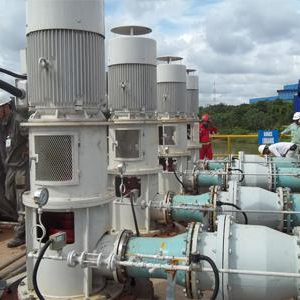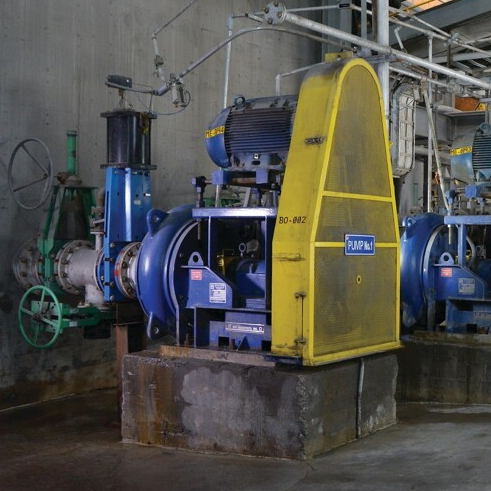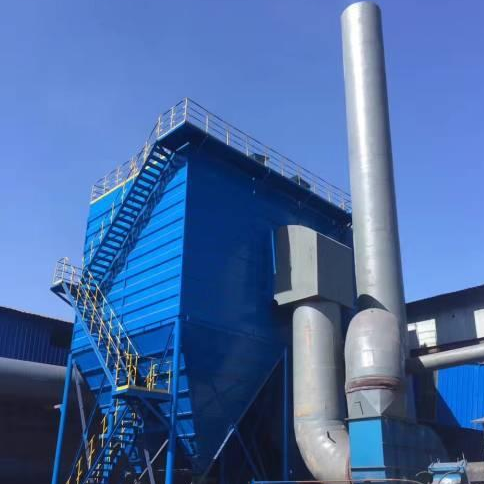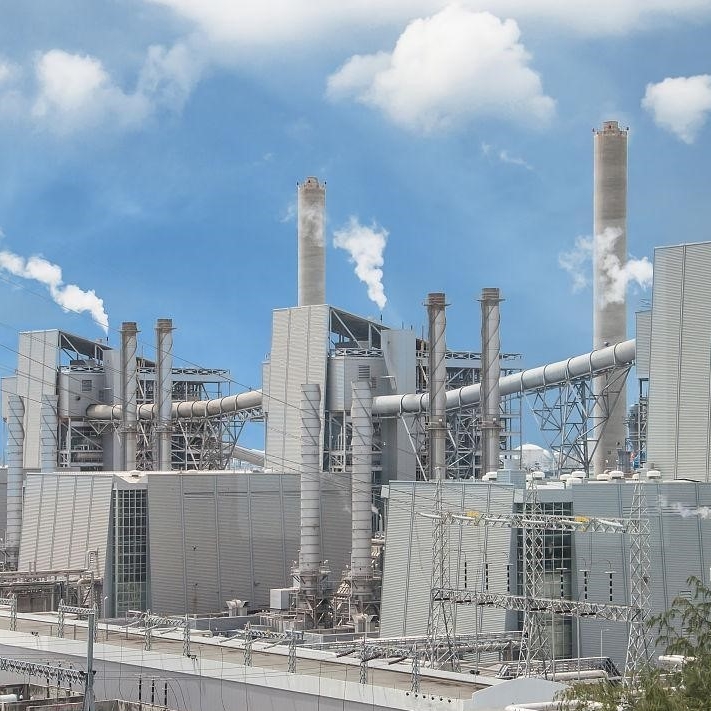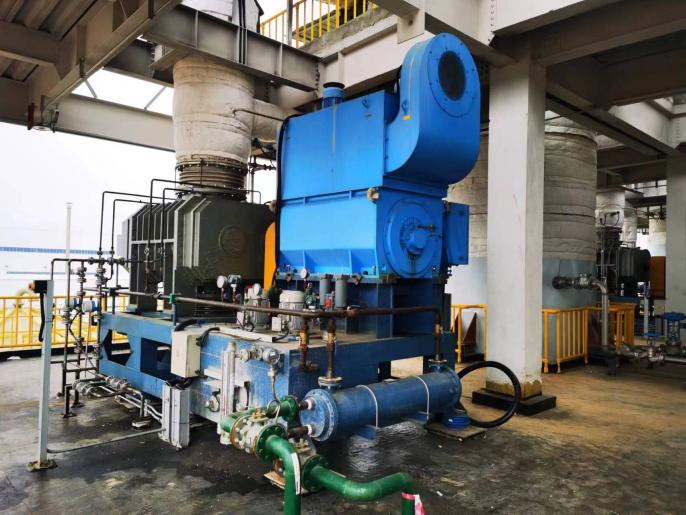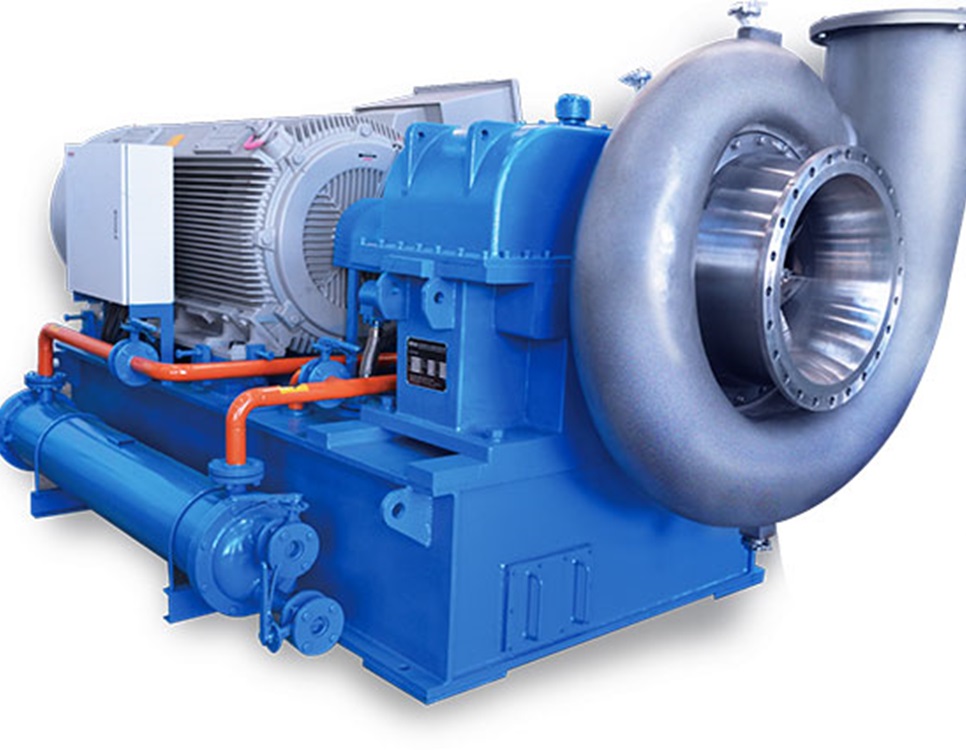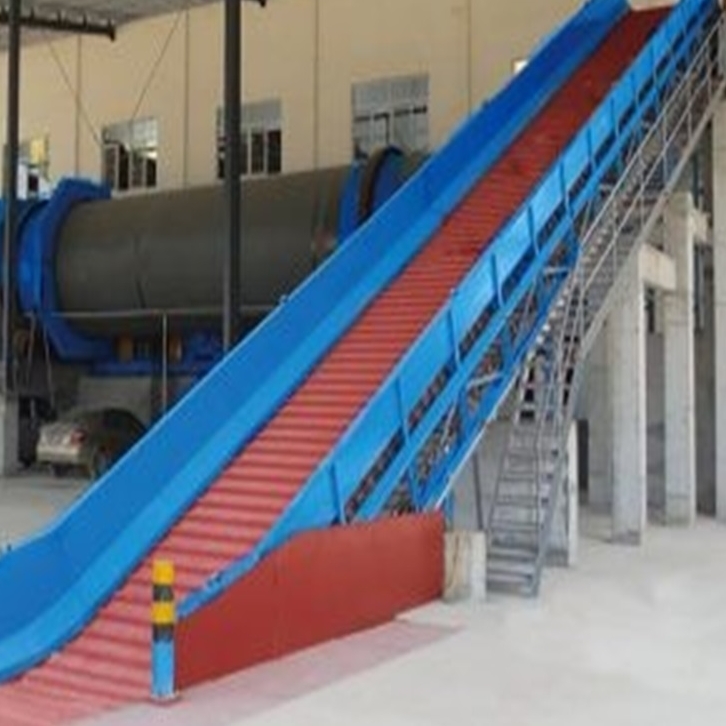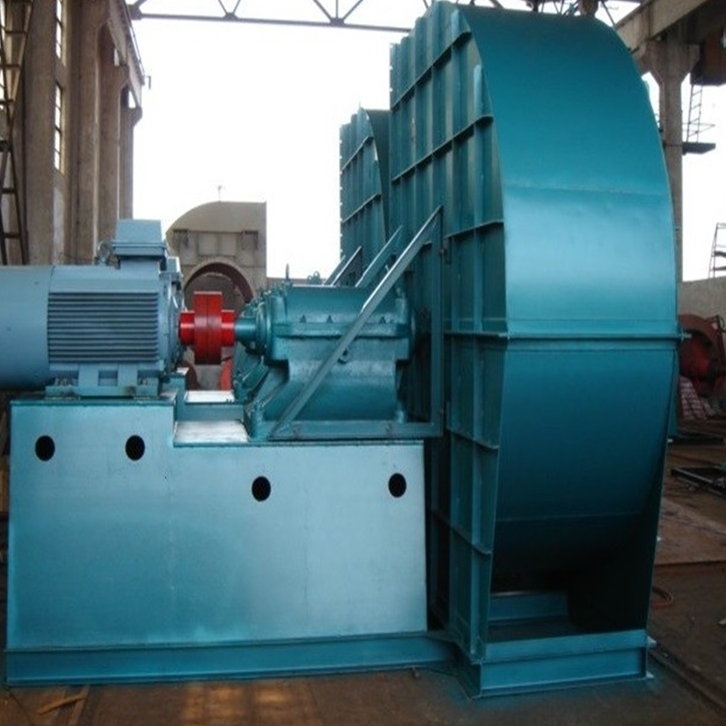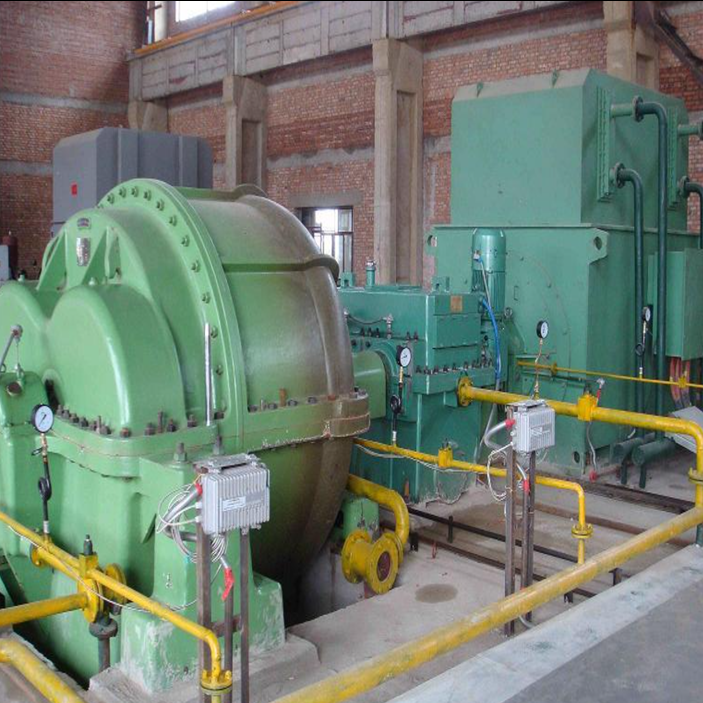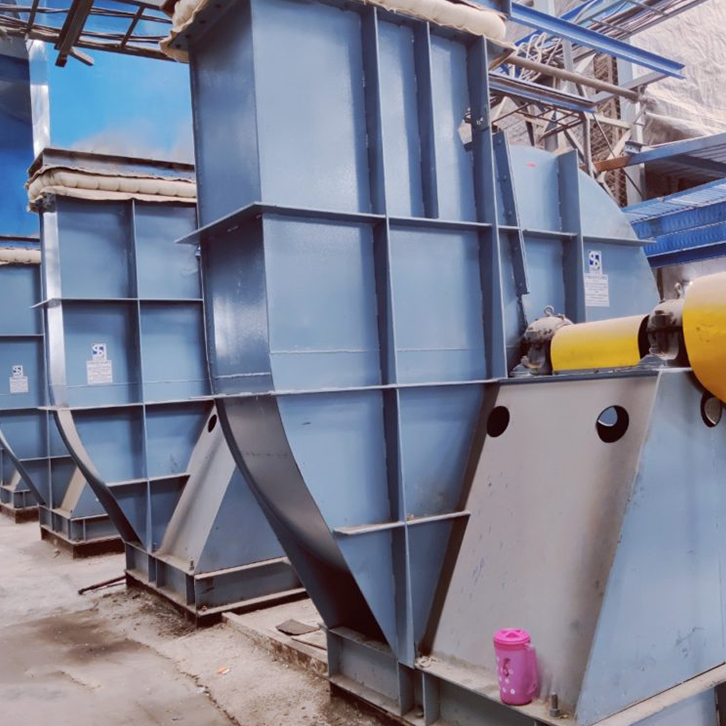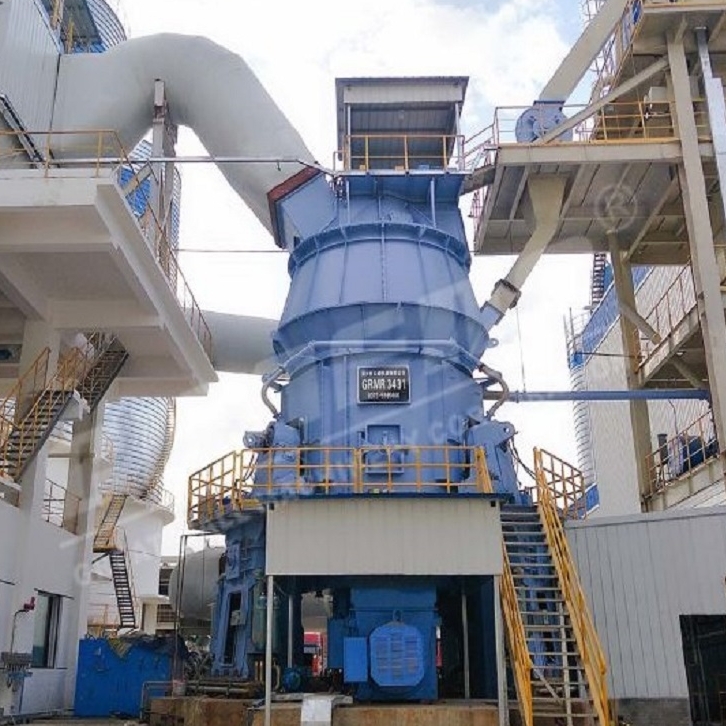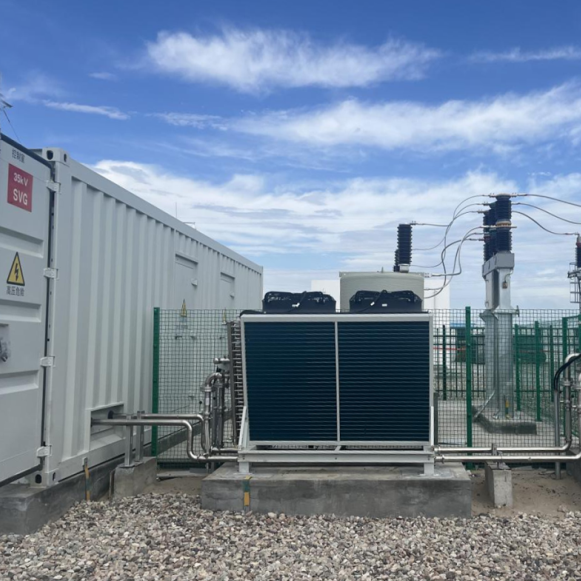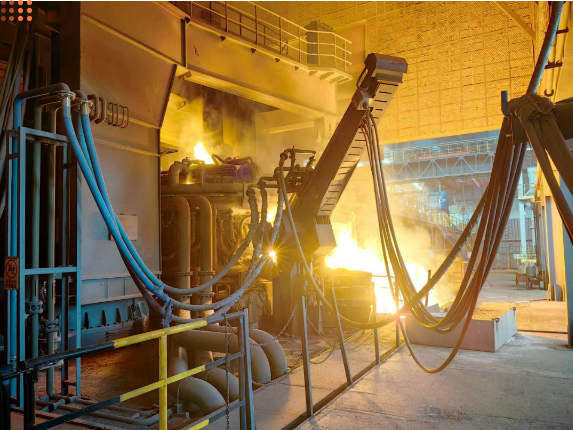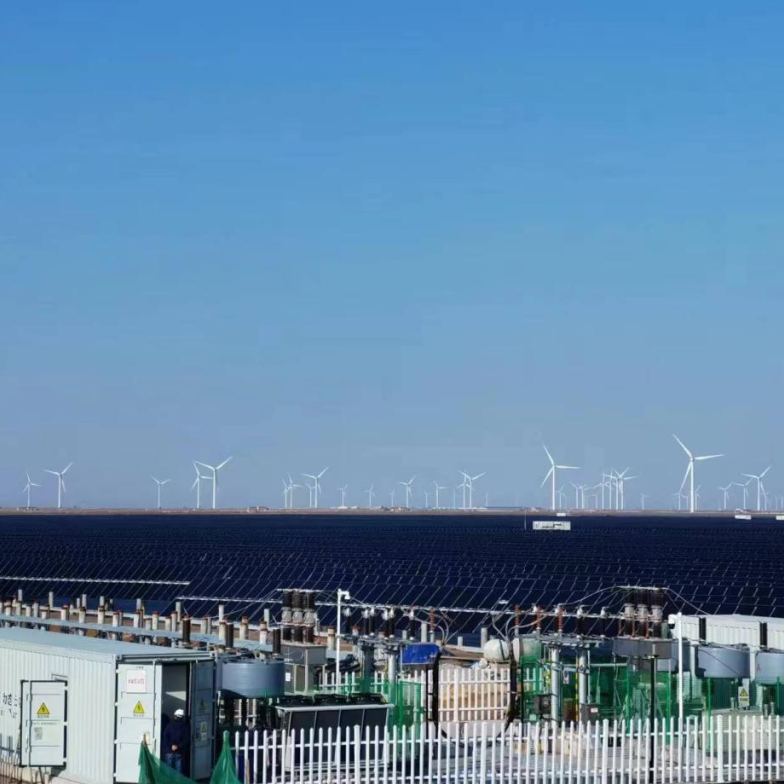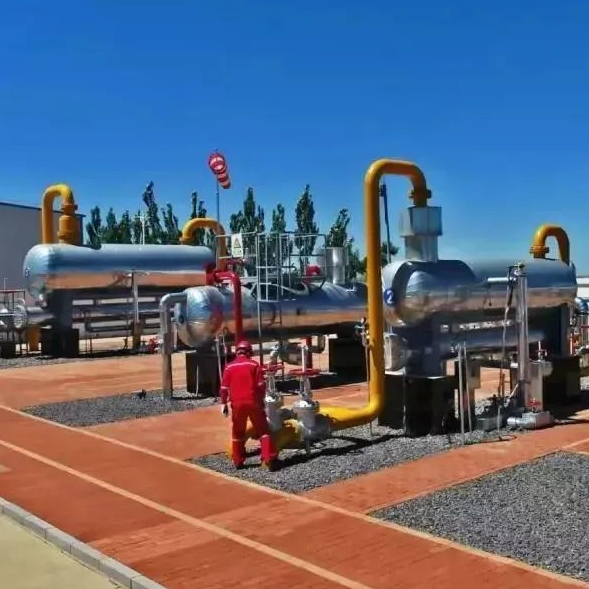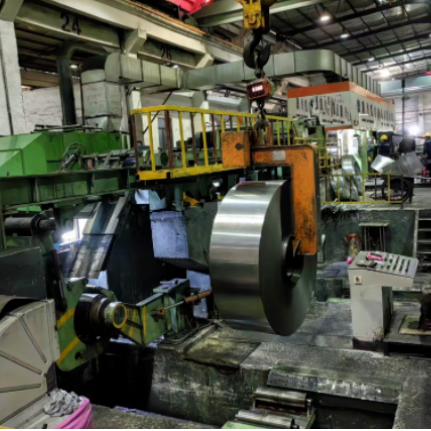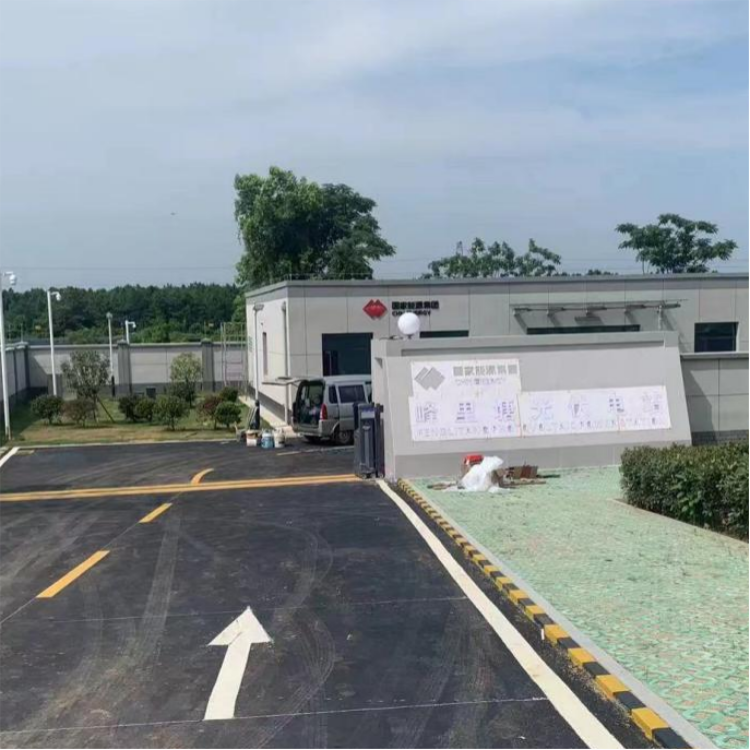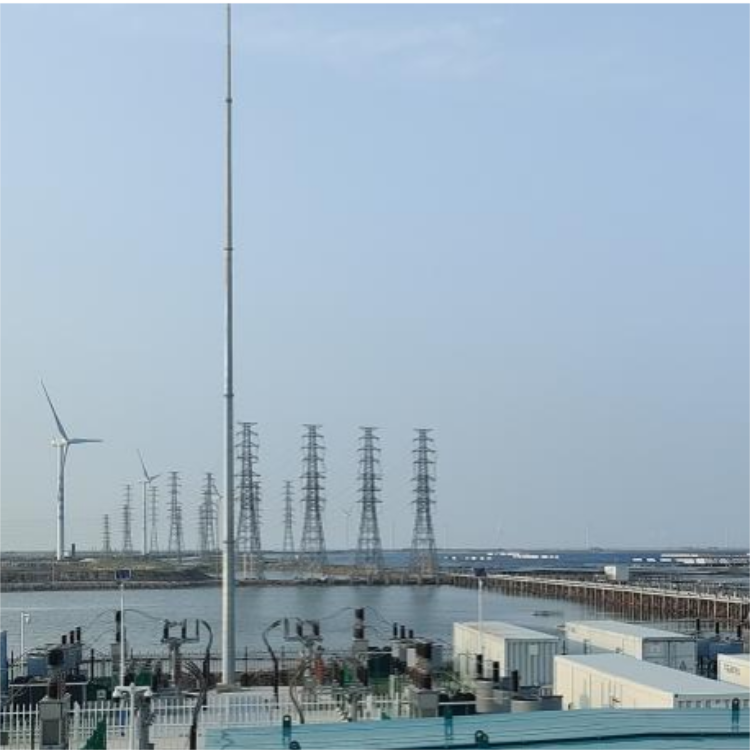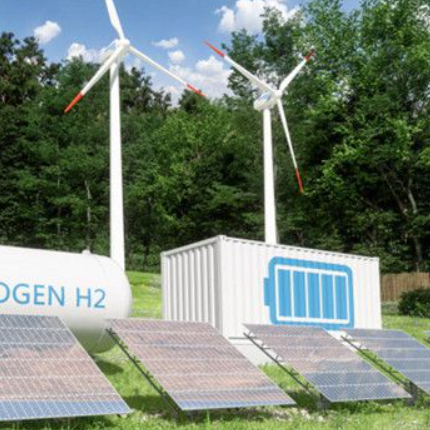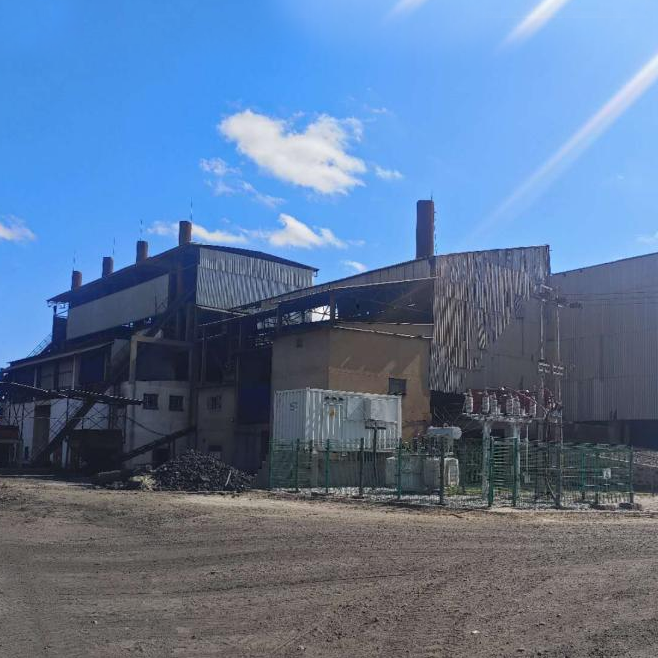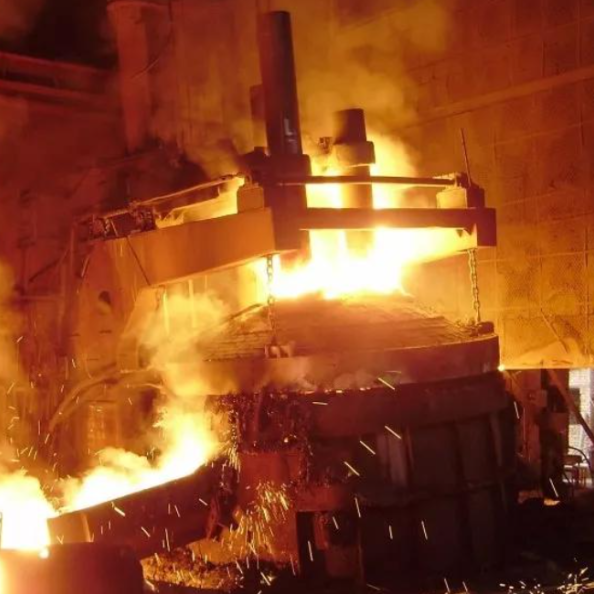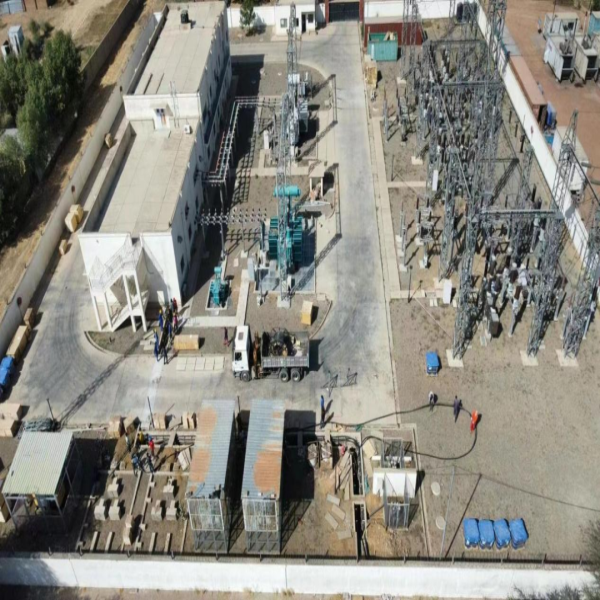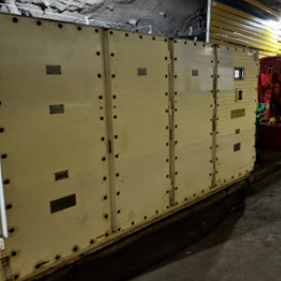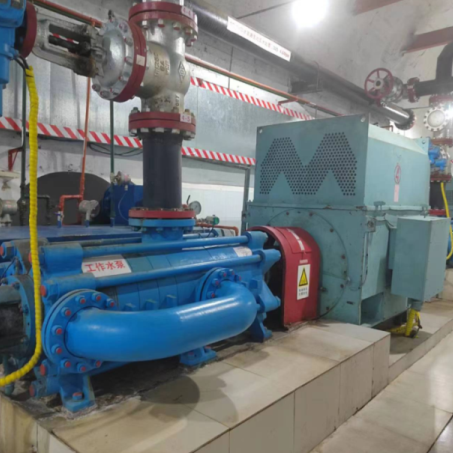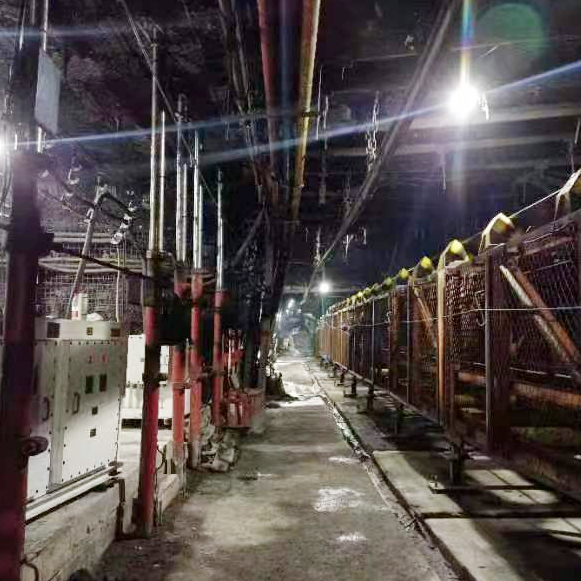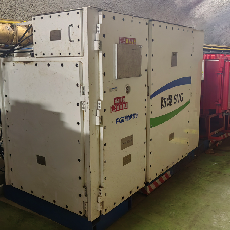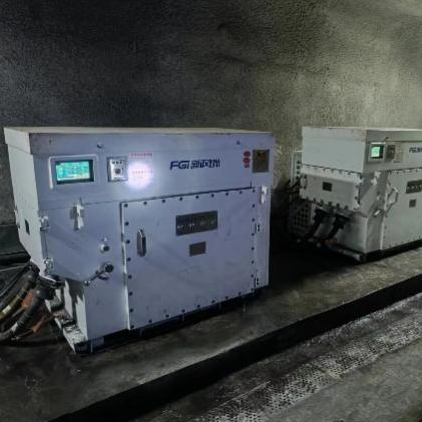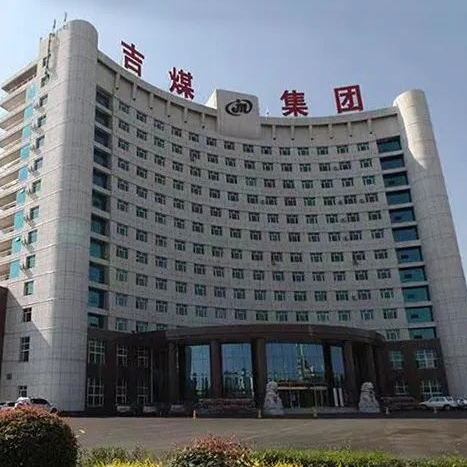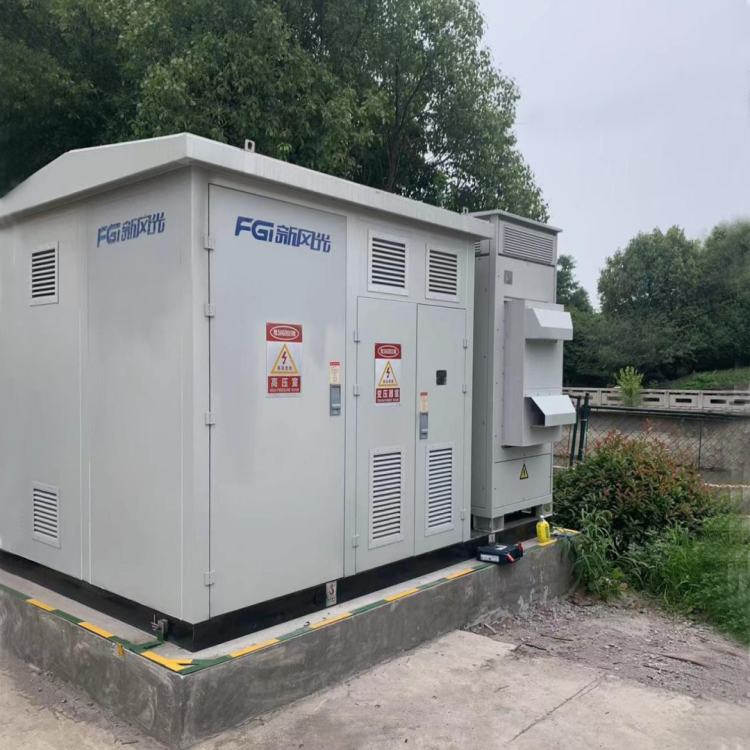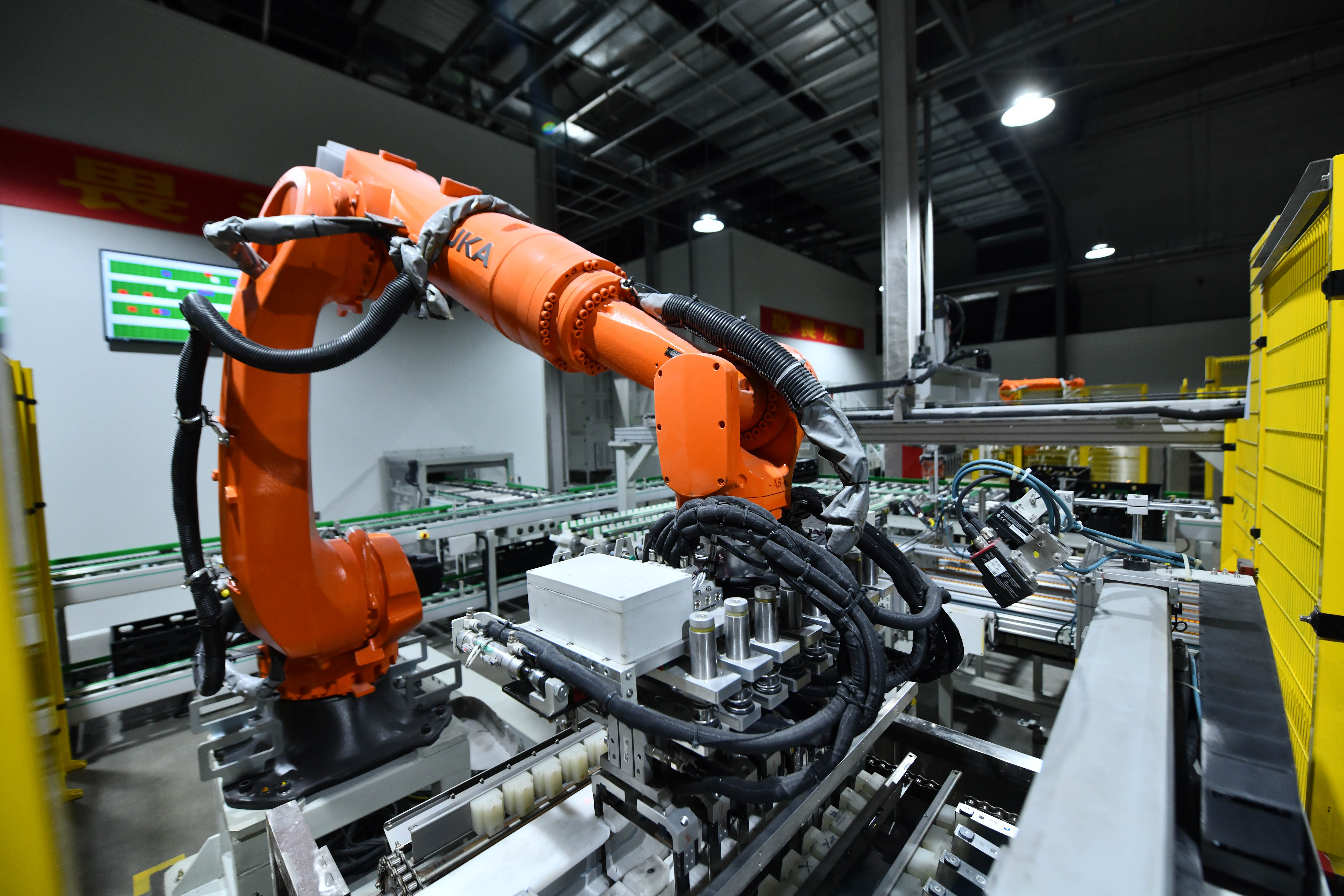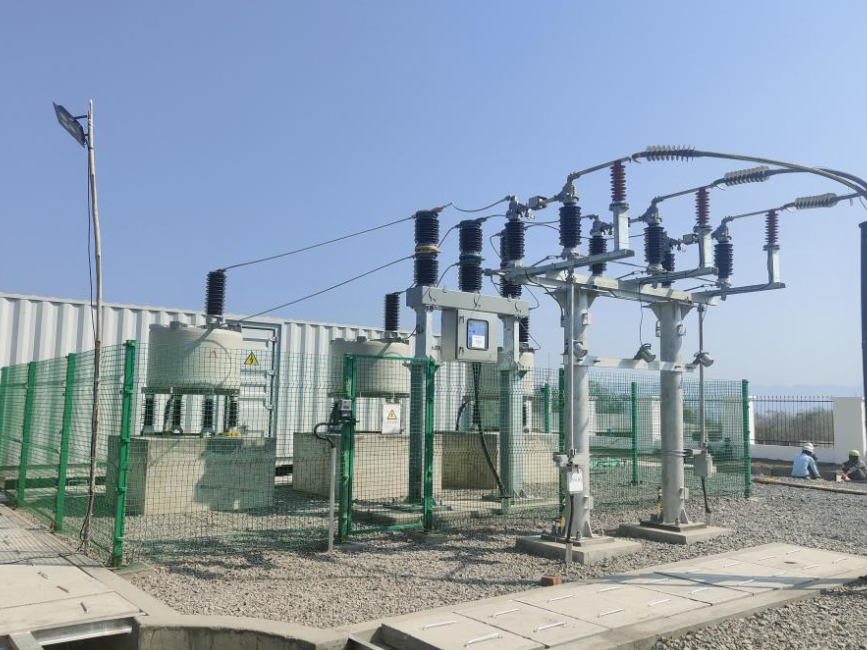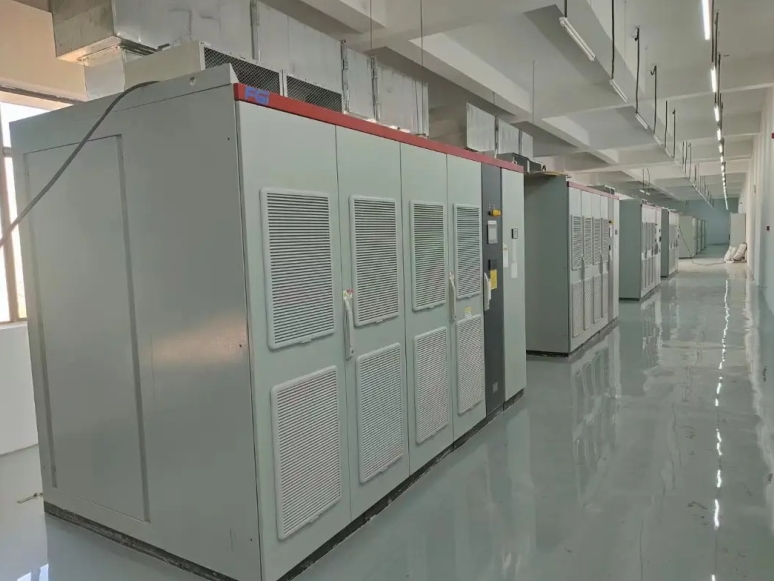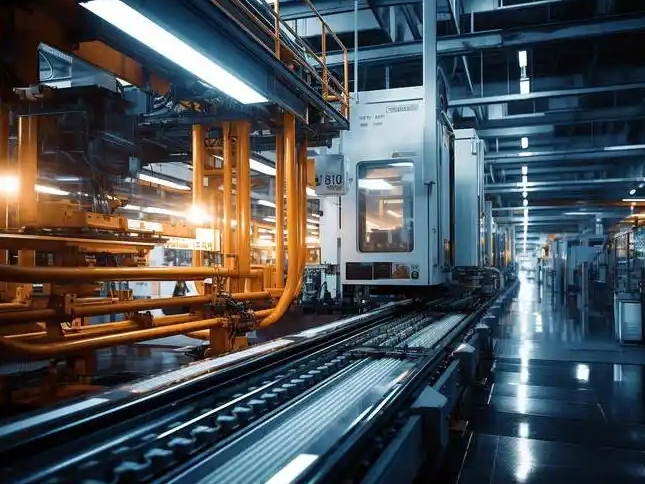In the field of industrial automation, the frequency converter is the core driving equipment, and its normal operation is crucial to the stable operation of the production line. However, as a complex electronic device, the frequency converter often encounters various failures. This paper will focus on the fault troubleshooting and maintenance of frequency converter with no response after power on and no display after power on.
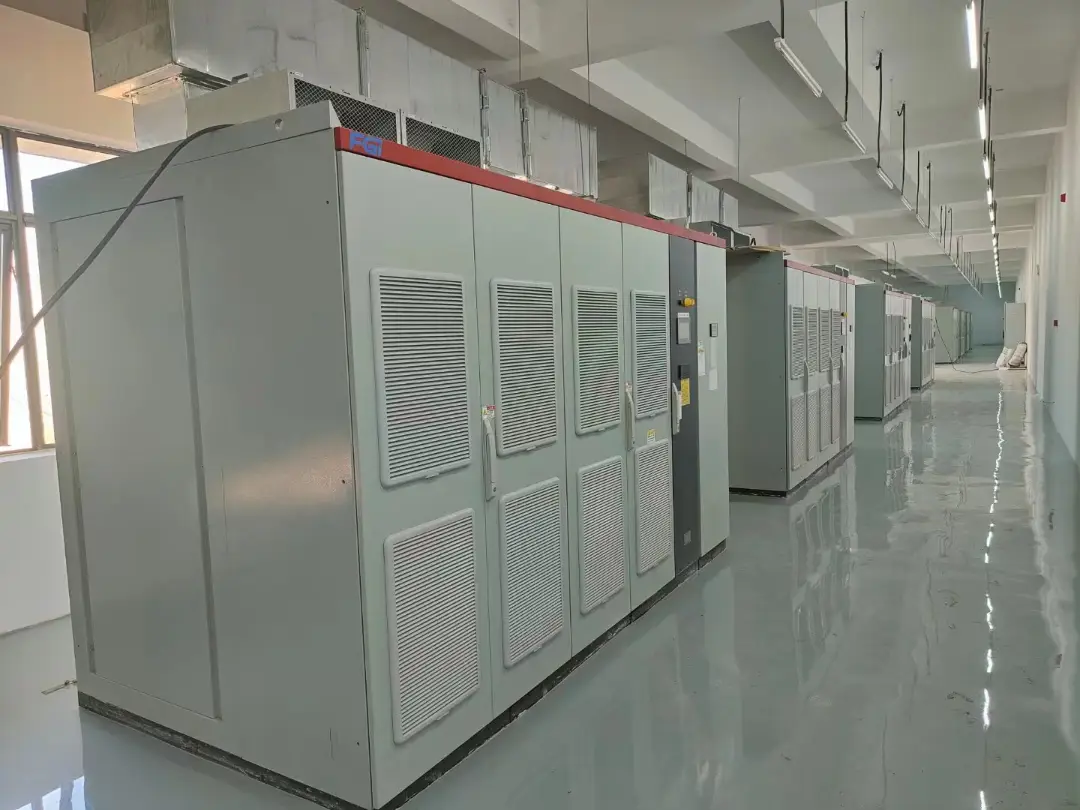
First of all, when there is no reaction after the inverter is energized, how do we repair it?
The first step is to check the power switch. If there is a problem with the power switch, it may cause the frequency inverter to fail to start normally. At this point, the problem can be solved by replacing the power switch.
The second step is static testing. Use a multimeter to check the resistance value of the frequency converter to determine if there is an anomaly. If the test results are normal, proceed to the next dynamic test.
The third step is dynamic testing. Start the frequency inverter under no-load condition, and check the U, V, W three-phase output voltage value. If there is a problem such as a missing phase or a three-phase imbalance, it may be a failure of a component such as a module or a driver board. If the output voltage is normal, carry out a load test, preferably a full load test.
In addition to the problem of no response after power-on, the frequency converter is powered on without display is also a common fault. This usually occurs in the contactor, the inverter control panel and the power module that supplies power to the control panel.
The detection and solution of the inverter power-on no display fault are as follows:
First, check whether the contactor is working properly. If the contactor is damaged, replace it with a new one.
Secondly, if there is no problem with the contactor, then further check whether the power module is working properly. If the high voltage power supply LED lights up, it indicates that the high voltage DC power supply is normal. If the LED light is not on, it may be that the buck resistance between the high voltage DC end and the primary end of the pulse transformer is damaged and the buck resistance needs to be replaced
In addition, if the LED indicator on the main control board of the inverter is also bright, it indicates that the switching power supply of the inverter is normal, and the DC voltage display on the main board and the main control board is normal. At this time, you can use an oscilloscope to check whether the main control board has an output signal. If there is no output signal, then one of the chips, HC245, may be damaged and the HC245 chip needs to be replaced.
Some special situations may also be encountered during the maintenance process, such as power-on tripping or sparks in the main power terminal of the inverter. This may be caused by rectifier damage or short circuit of the intermediate circuit. In this case, you need to check the voltage value of the input terminal of the inverter and the DC terminal P and N of the intermediate circuit, determine the cause of the fault, and take appropriate measures to rectify the fault.In addition, the frequency inverter boot operation without output is also a common problem. This may be caused by the wrong setting of the startup parameter of the frequency inverter or the wrong wiring of the running terminal. At this point, you need to disconnect the output motor line to restart the inverter, and observe the input frequency displayed on the panel and measure the AC output terminal. If the problem still exists, it may be that the inverter part is damaged or the motor is not properly connected to the inverter, requiring further inspection and repair.
To sum up, it is necessary to have certain professional knowledge and skills for the troubleshooting and maintenance of the inverter. In actual operation, it is recommended that professionals perform maintenance work to avoid unnecessary losses or safety accidents. At the same time, regular maintenance and maintenance of the inverter is also one of the important measures to ensure its normal operation.

